
Welcome!
Thanks for coming along
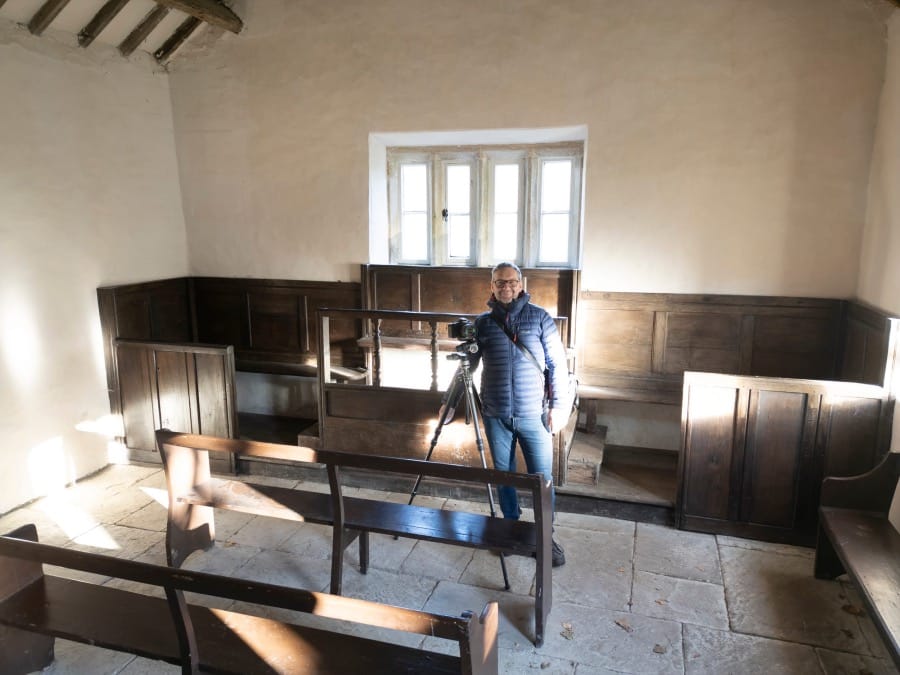
⚡️ View the latest digest and the full archive here.
📐 My Goals ℹ️ Donations Page & Status 📸 MPP Status 🛍️Shop
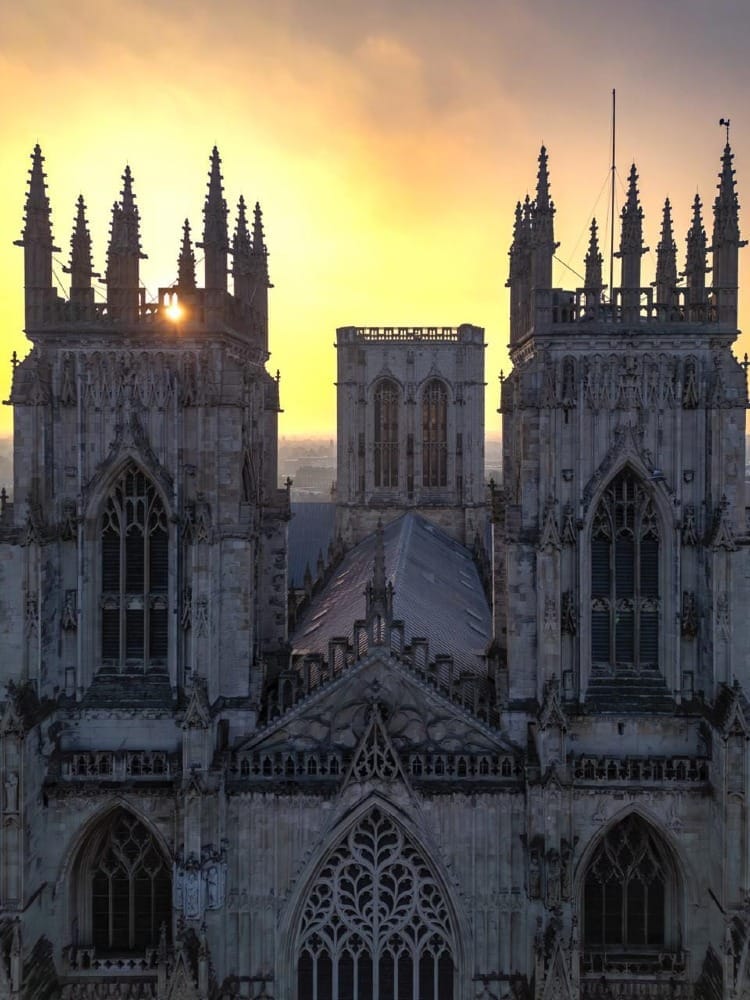
York Minster at sunrise taken with my drone.
A shape less recognisable each week,
A purpose more obscure. I wonder who
Will be the last, the very last, to seek
This place for what it was; one of the crew
That tap and jot and know what rood-lofts were?
Some ruin-bibber, randy for antique,
Or Christmas-addict, counting on a whiff
Of gown-and-bands and organ-pipes and myrrh?
Extract from Church Going by Philip Larkin.
Remember the Fire-watchers.
I’m lodged over at Ferry Meadows Campsite near Peterborough. I’d planned to visit the city centre, but after arriving from a long journey and turning the van around, I sit down, breathe deeply, and let the stillness in. There’s a tightness in my chest - a restlessness. The relentless pace of the world feels like a steel press. Lately, this sense of flux has been gnawing at the edges of my wellbeing - a lack of agency against something vast and unyielding.
After a while, I choose to seek refuge in company. I hail a taxi into the city. The driver is kind, dropping me right into the heart of the city, where Peterborough Cathedral rises like a colossal stone precipice - a mass of carved permanence amid the tidal patterns of everyday life beneath it.
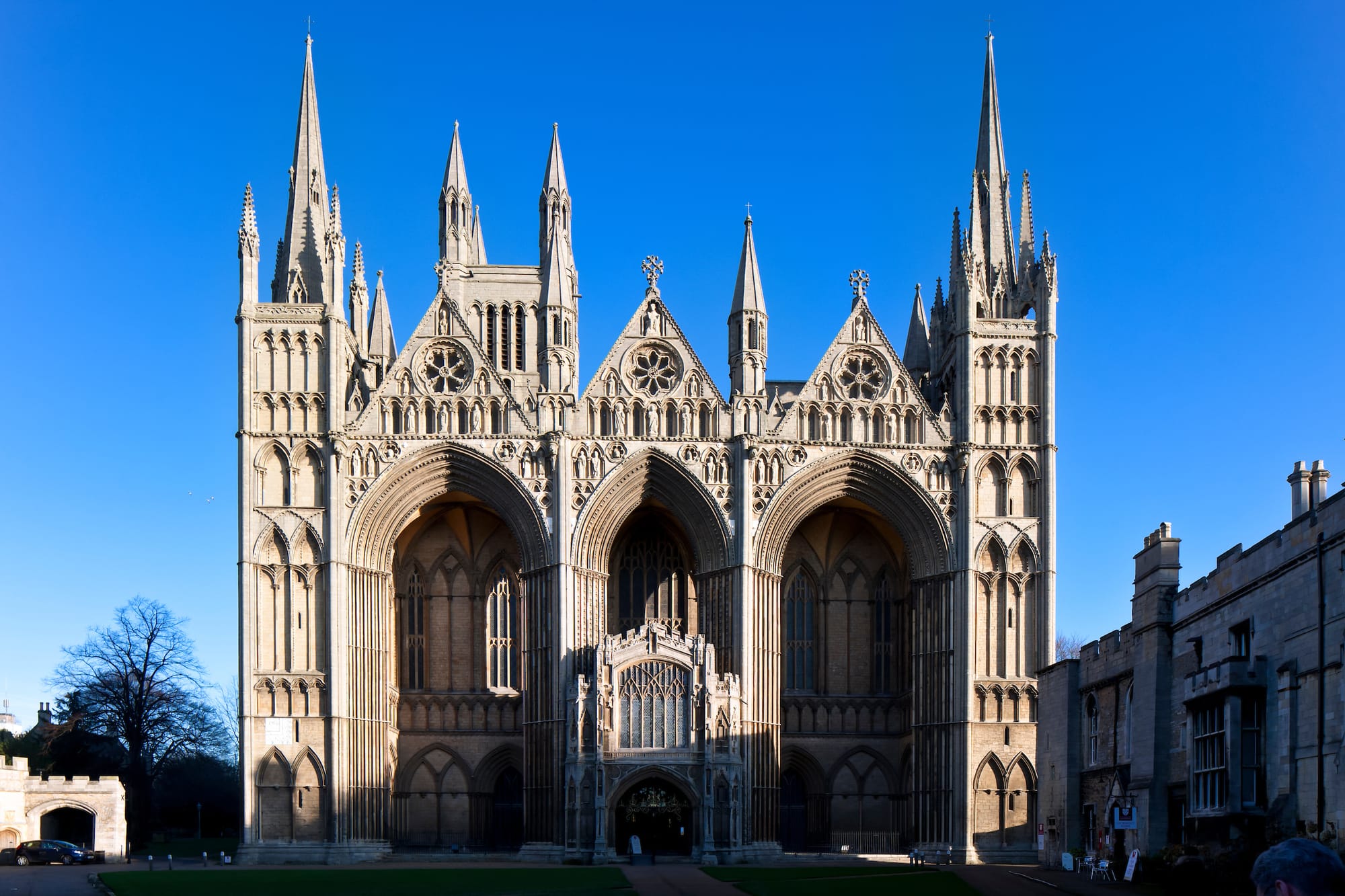
I look for shelter inside, to find a grounding in the cathedral’s embrace.
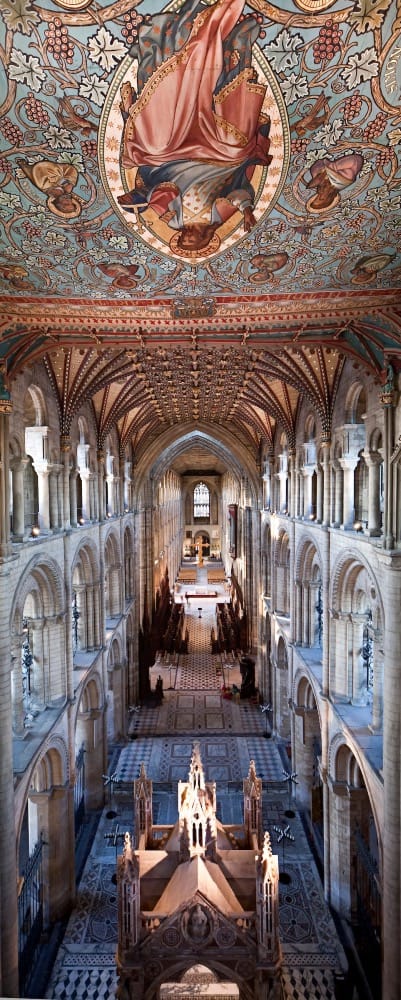
For me, its walls are not just stone but an accumulation of the countless people who, in building it, worked within the microcosm of a single detail. Master masons, carpenters, glaziers, painters, gilders, artisans - people who focused on their fragment of the great tapestry, working with patience and care. Most didn’t have an inkling of the outcome, and many did not expect to see the final expression of the building they toiled on. Their purpose was in the doing, in adding their small, deliberate mark to something larger than themselves.
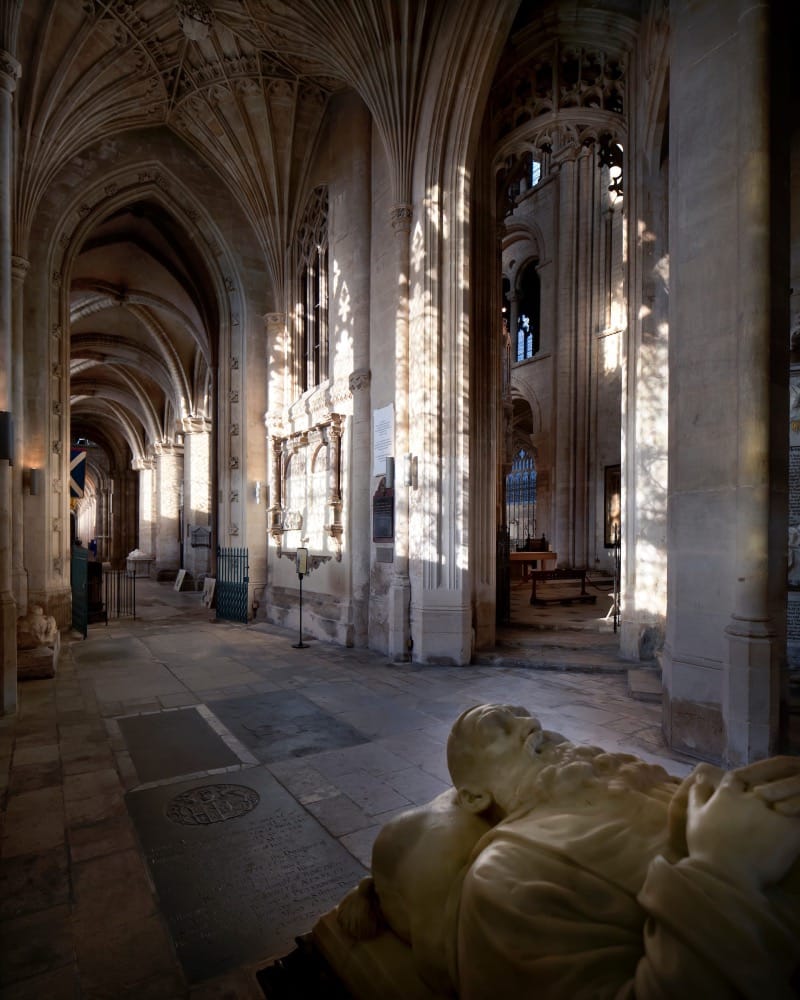
On top of the conscious and crafted acts within the material of this magnificent edifice, I’m struck by the hidden layers woven into its fabric - not just in the grandeur of alabaster tombs or chevroned arches, but in the silent details: the graffiti etched by long-forgotten hands, the worn thresholds, the latch marks, and the fixtures shaped by the everyday lives of those who passed through.
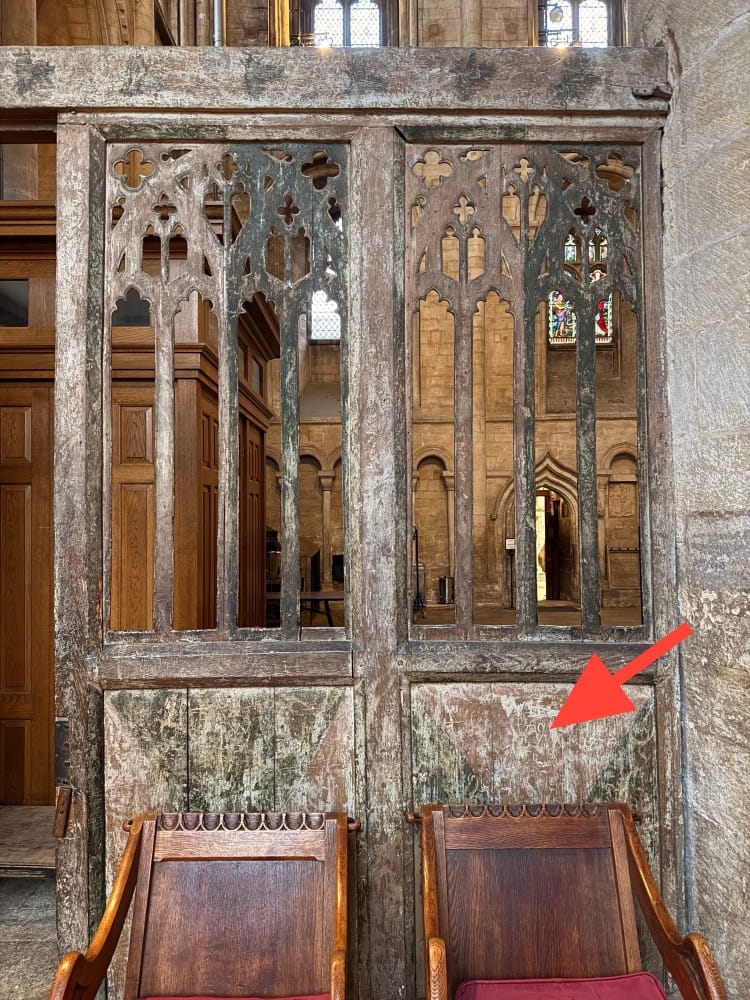
These are memorials too - not the official kind, cast in bronze and stone, but human traces left without ceremony, stitched into the fabric of the place. Marks made by people like us, unnoticed in the sweep of time, but enduring and meaningful all the same.
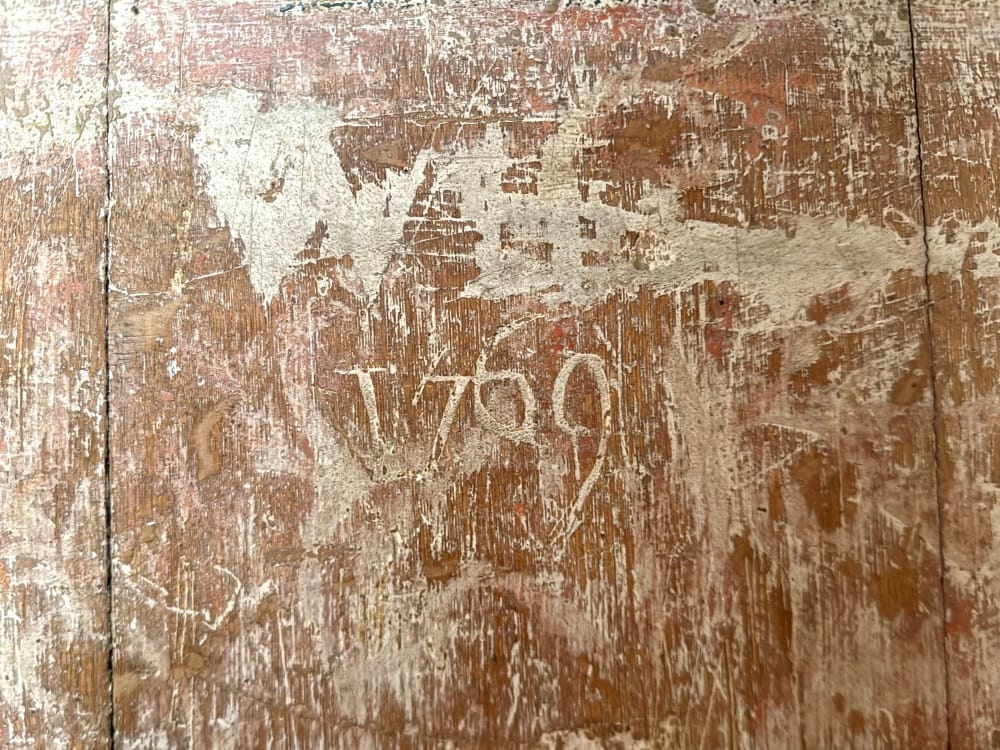
And then I come across another story chamfered into the cathedral’s history - not in stone, but in courage. During the Second World War, when incendiary bombs rained down from the sky, ordinary people climbed onto the roof and kicked the incendiaries off the lead sheets, saving the cathedral from destruction.
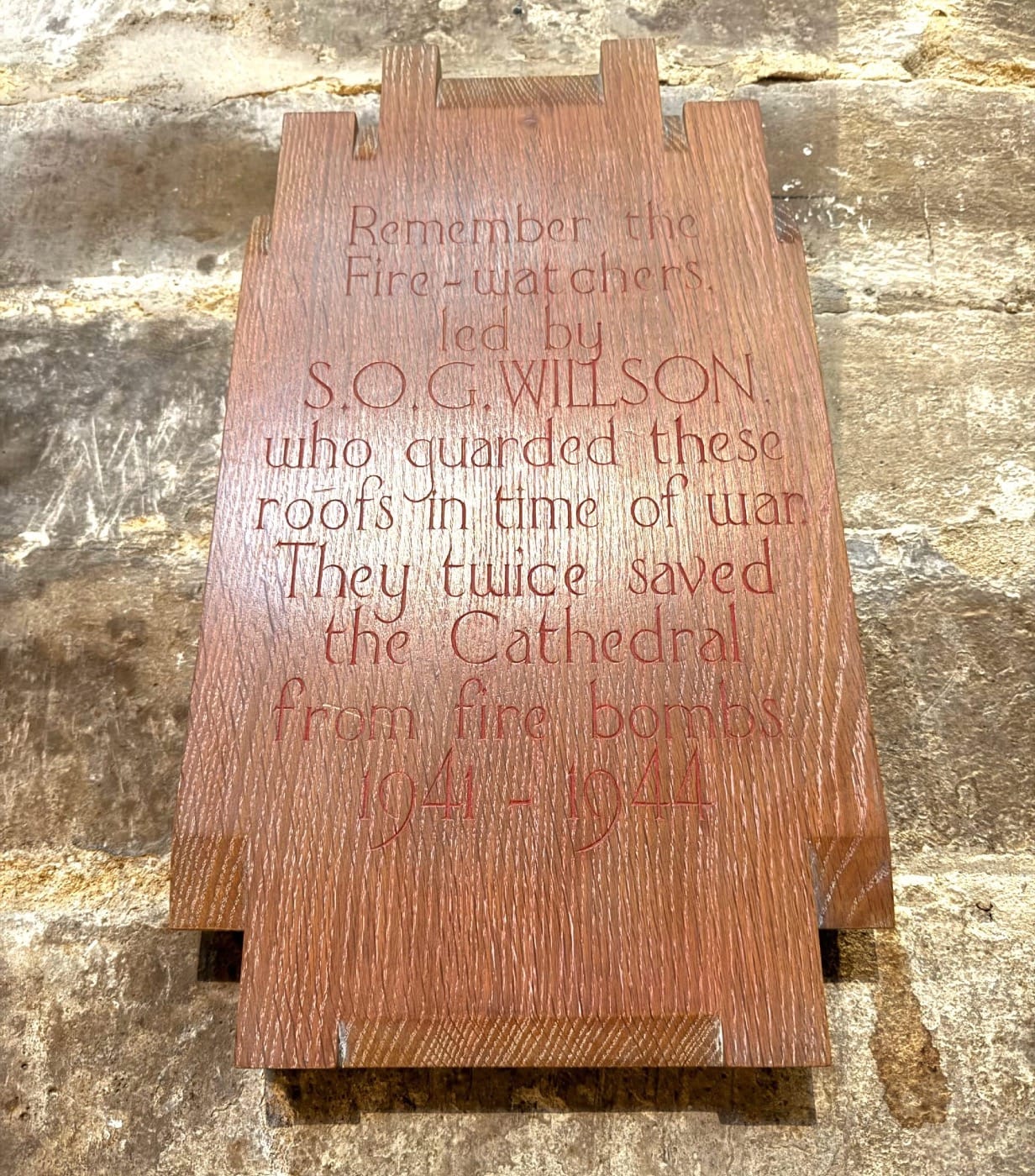
They weren’t strategists or generals solving the war’s vast complexities. They simply acted - focused on what was right in front of them, on what they could do in that moment. One incendiary at a time.
Somebody, with quiet insight, perhaps knowing it might touch someone like me, thought to commemorate the bravery of those rooftop defenders in a modest cabinet that holds a burnt fragment of this world, that caught my attention as if it had slipped through from another time to warn me of our hubris. It sits amidst the layers of this place, patiently waiting to share its meaning with someone seeking wisdom and understanding.
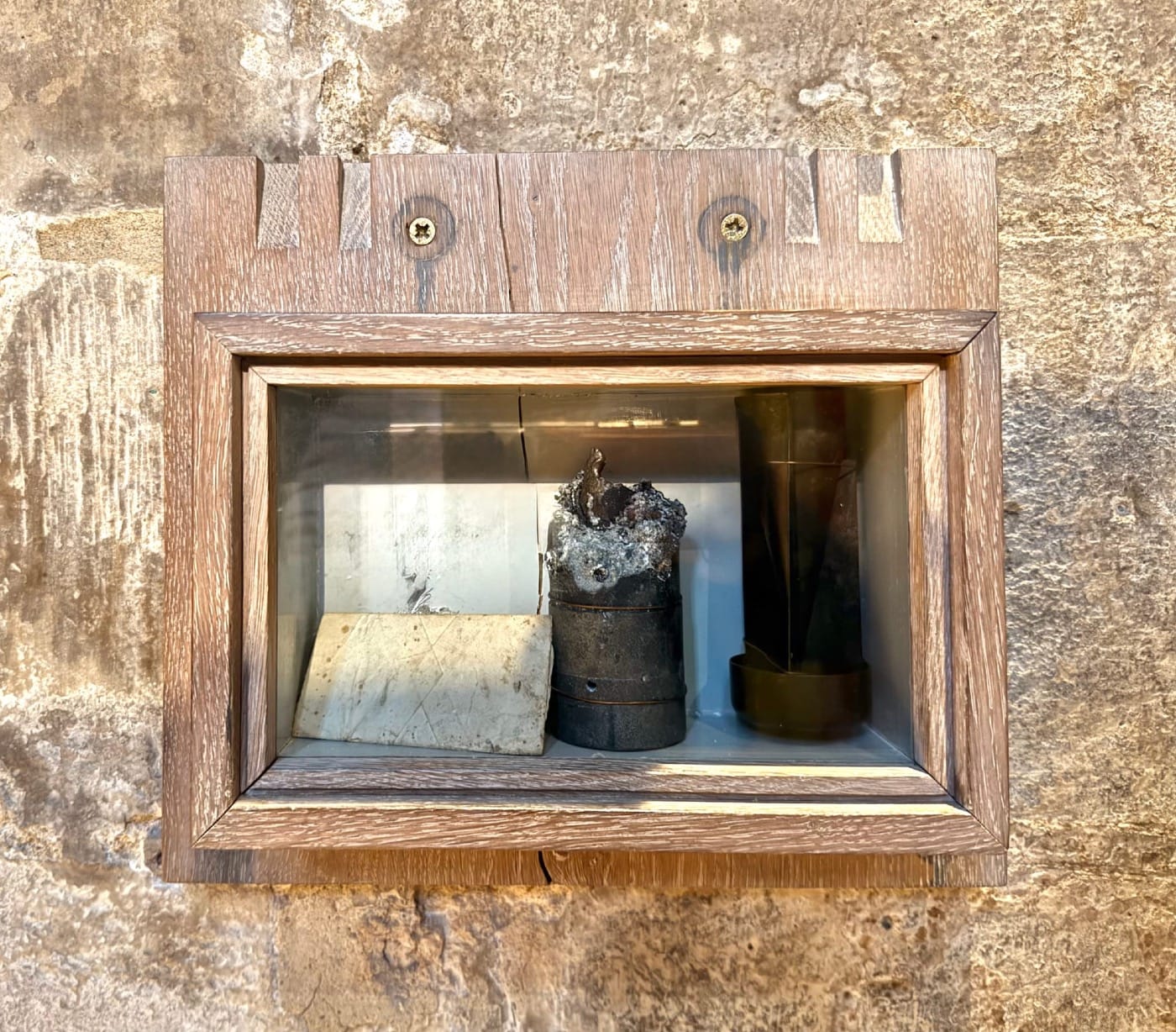
And, for me, this unassuming memorial holds greater significance than the alabaster tombs of the rich and famous. Because it speaks.
I don’t need to hold the weight of the world’s vastness in my hands. I don’t need to solve it all. What I can do - what any of us can do - is tend to the small things within reach: my art, my writing, my photography, my family, my community.
My own marks, however modest, contribute to something larger, even if I can’t see the whole picture. The cathedral reminds me that meaning isn’t always in the monumental; it’s layered into the quiet, repeated acts of care, creation, and commemoration—often unnoticed but never insignificant. No matter how small, these are revolutionary acts, and in that sense, we are all fire-watchers—tending to what matters, even when its full significance isn’t yet clear.
Before I leave, I take one last look at the burnt metal behind the glass and feel the presence of others around me. I live within their legacy, grateful for my place in this endless palimpsest of human presence. Like them, I don’t have to face the entirety of it. I just have to carry on, making my mark.

✨ Membership Offer
Join the Genius Loci Digest as a member and help keep me on the road, exploring Britain’s historic places and capturing their spirit through photography, writing, and art.
Your support doesn’t just sustain the journey—it helps us find meaning in the world around us, connecting past and present in ways that inspire reflection and, perhaps, even change.
As a thank you, new members this week will receive a free, signed limited edition print of one of my original 50 edition artworks—an exclusive piece to bring a little of that spirit into your own space.
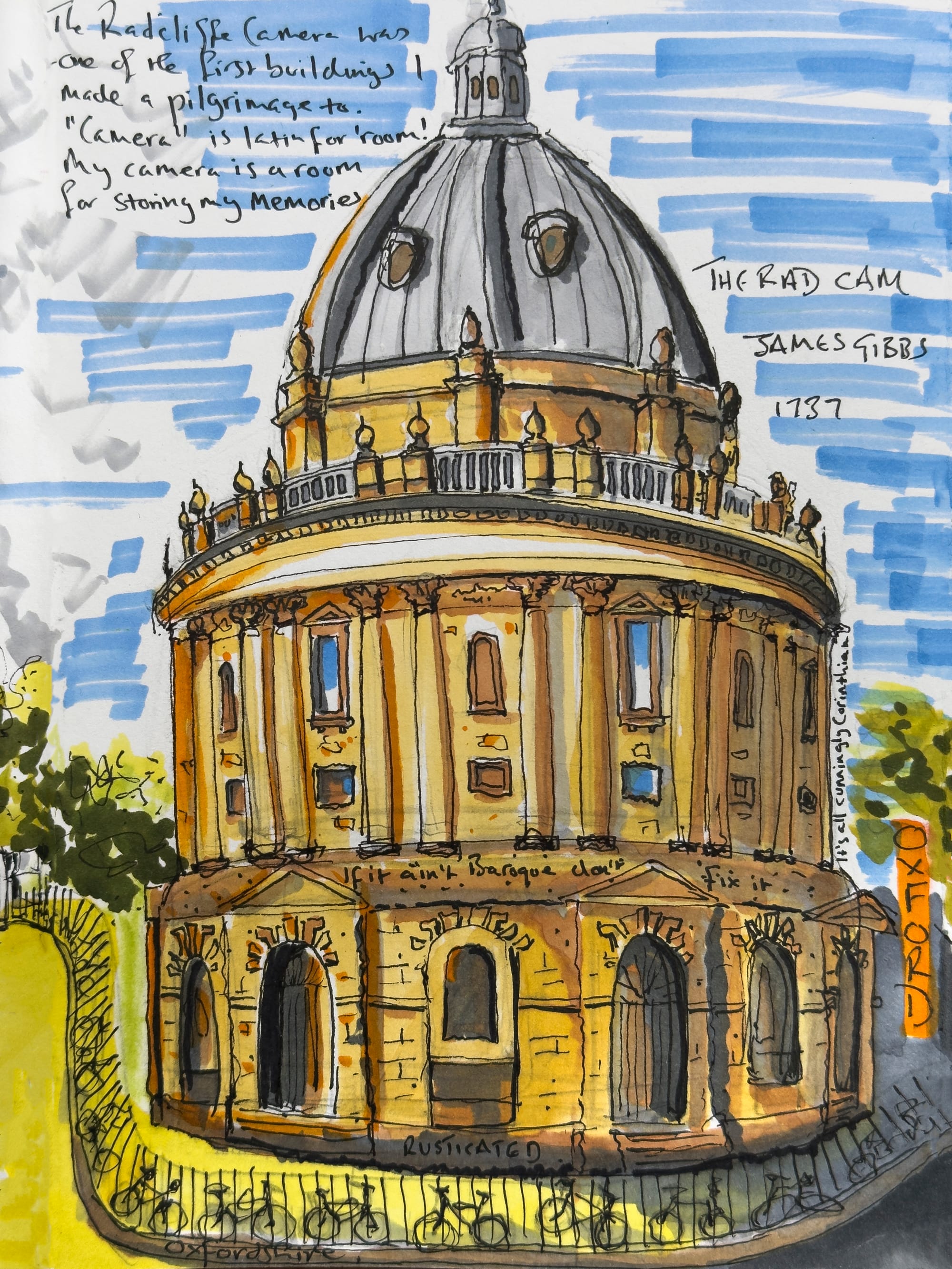
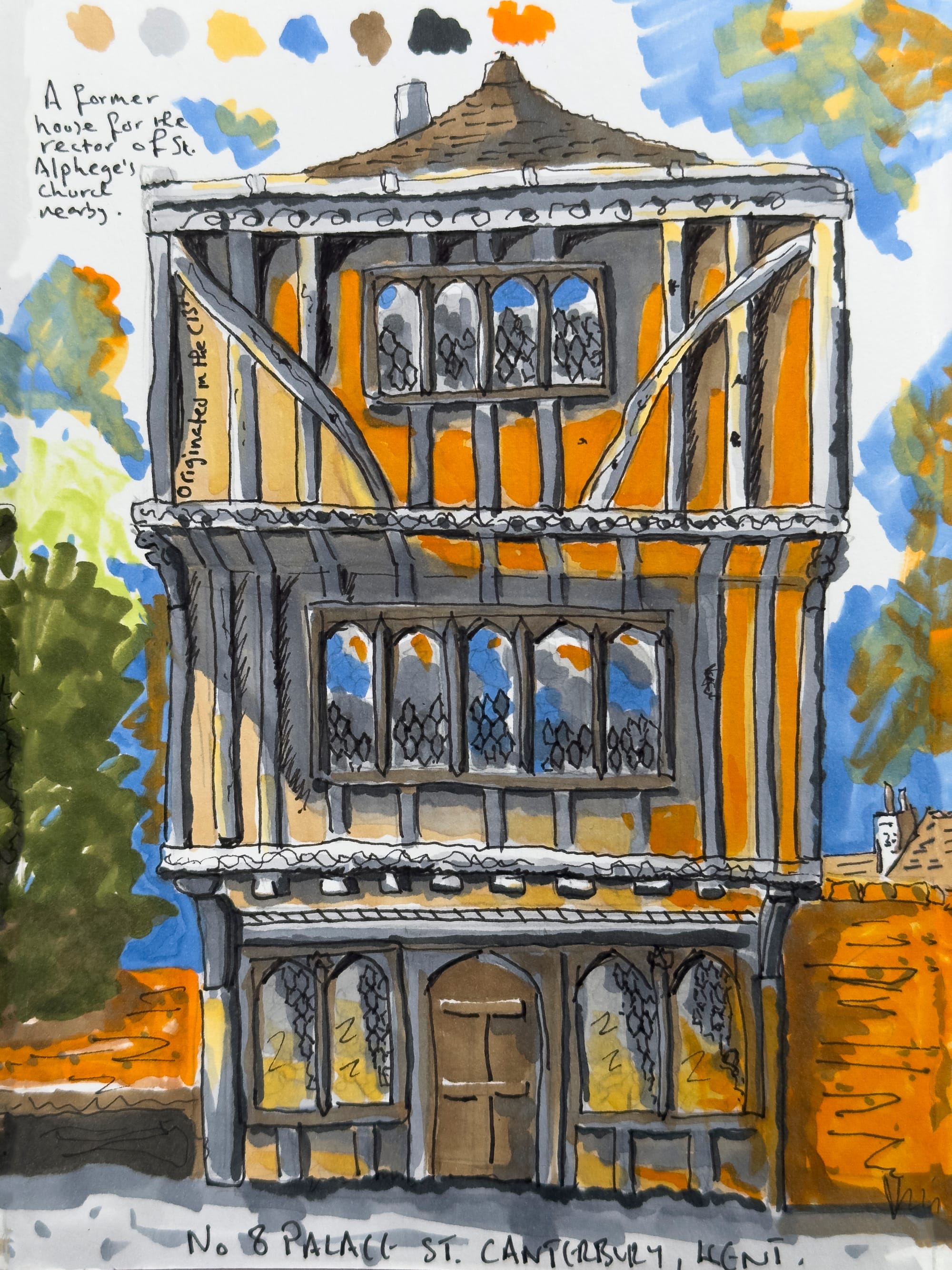
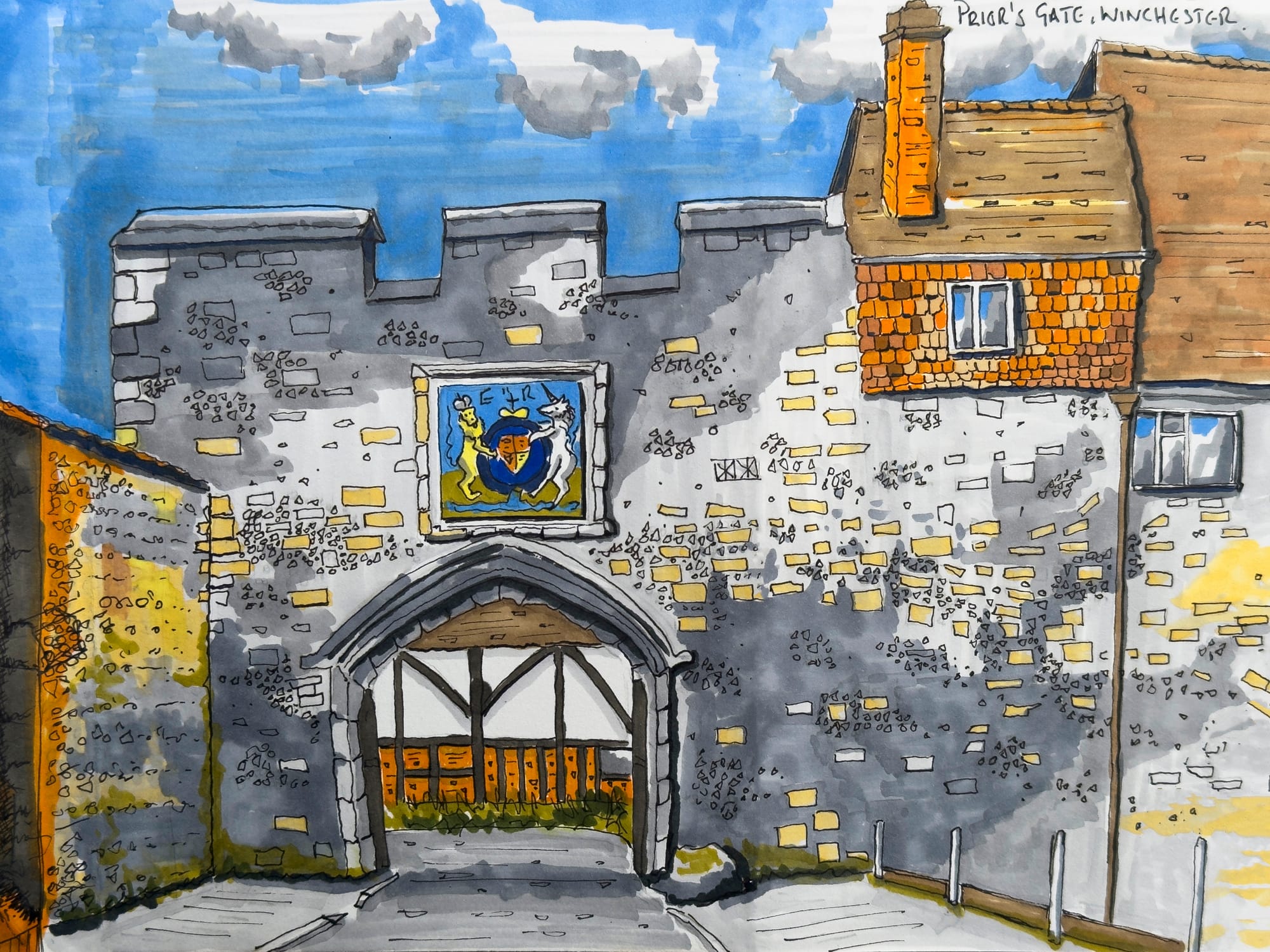
View the art works below:


Support the Journey, Share the Story
Join me on the road as I explore Britain’s historic places, capturing their spirit through photography, art, and storytelling.
Support and ExplorePeterborough Cathedral.
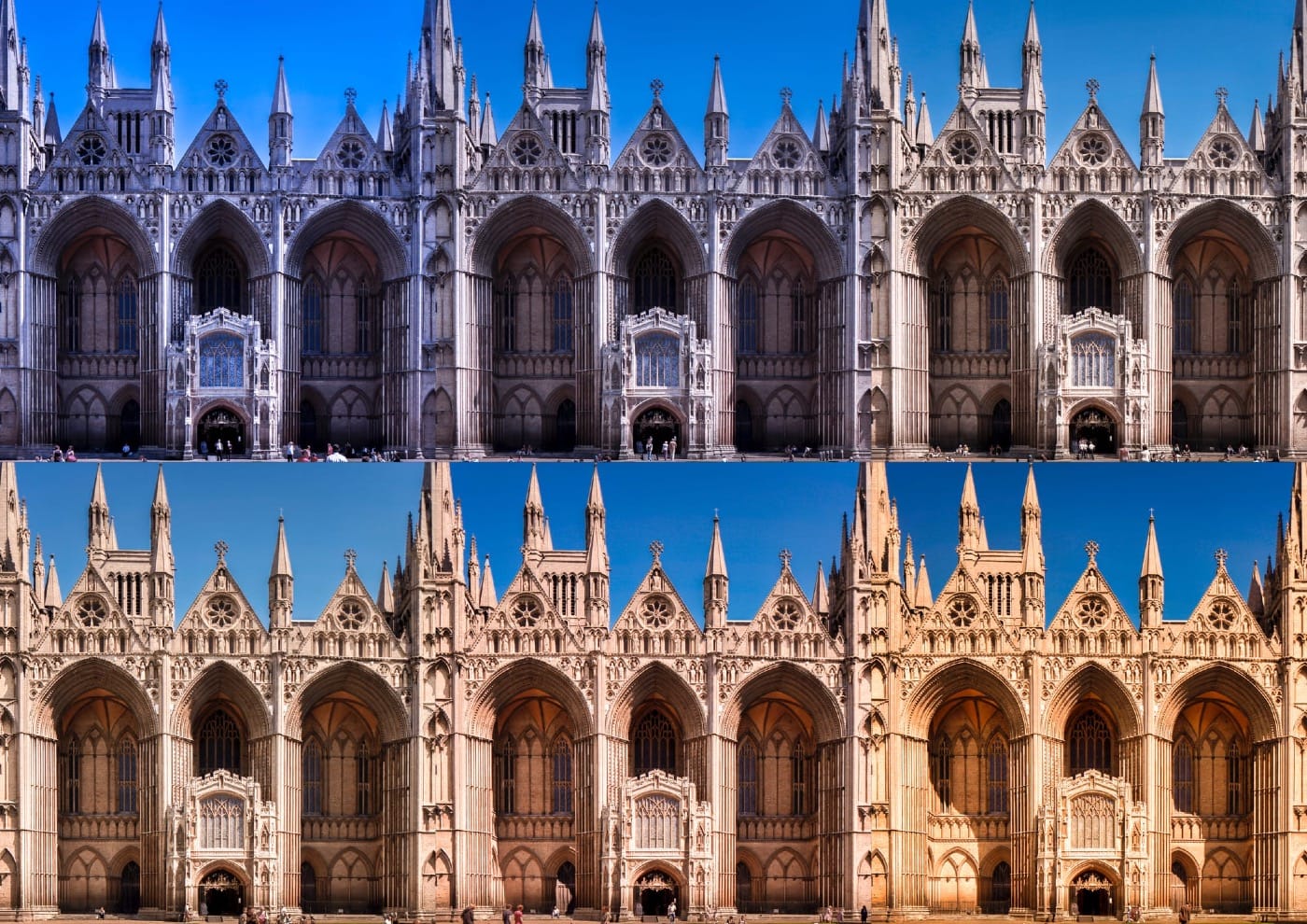
I have a long relationship with Peterborough Cathedral. I was commissioned many years ago to photograph the building and also make a film. I remember that one of the greeters at the time was upset because I was using my new Apple iPhone in the building. I remember putting it away feeling very guilty. How things have changed.
Here's the film I made which gives a good impression of the majesty of the building. Switch up your sound and enjoy..
On this day, I just want to walk through the nave and feel the weight of the Romanesque, but, before I enter the nave, my George Pace alarum bell rings. I've spotted the classic finial detail on some bench ends inside St. Sprite's chapel. George Pace was a 20th century architect who had a particularly wonderful philosophy of integrating our own modernity quietly into the fabric of a medieval building.
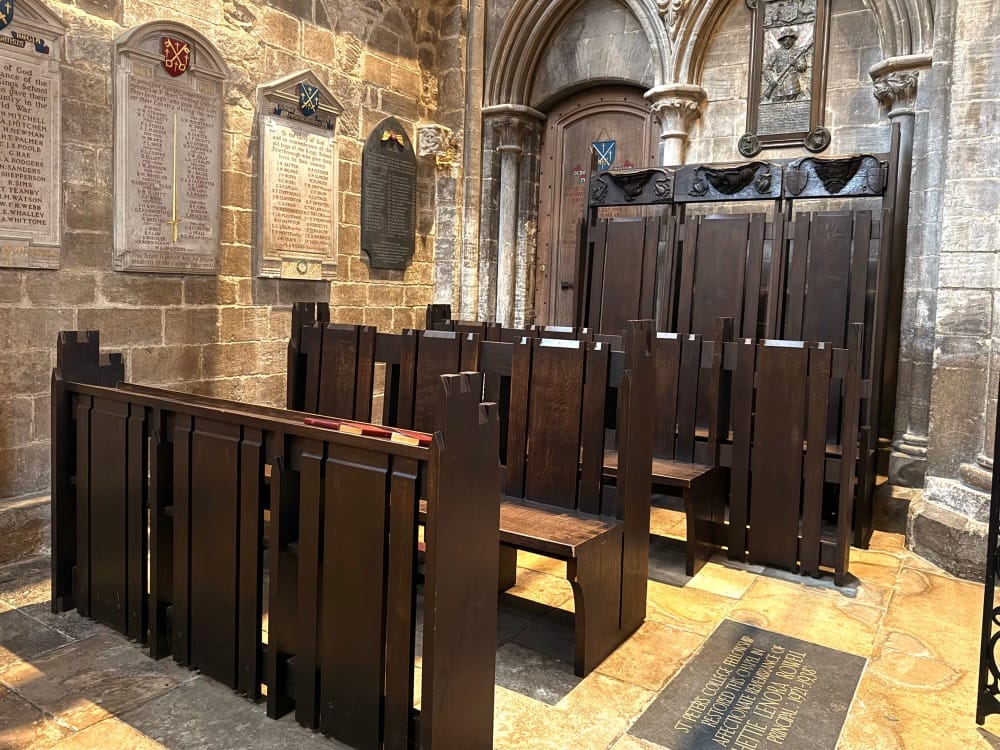
Having said that, I'm not sure about the display of the medieval misericords at the back of the chapel integrated with the seating. They look a touch out of place, at odds.
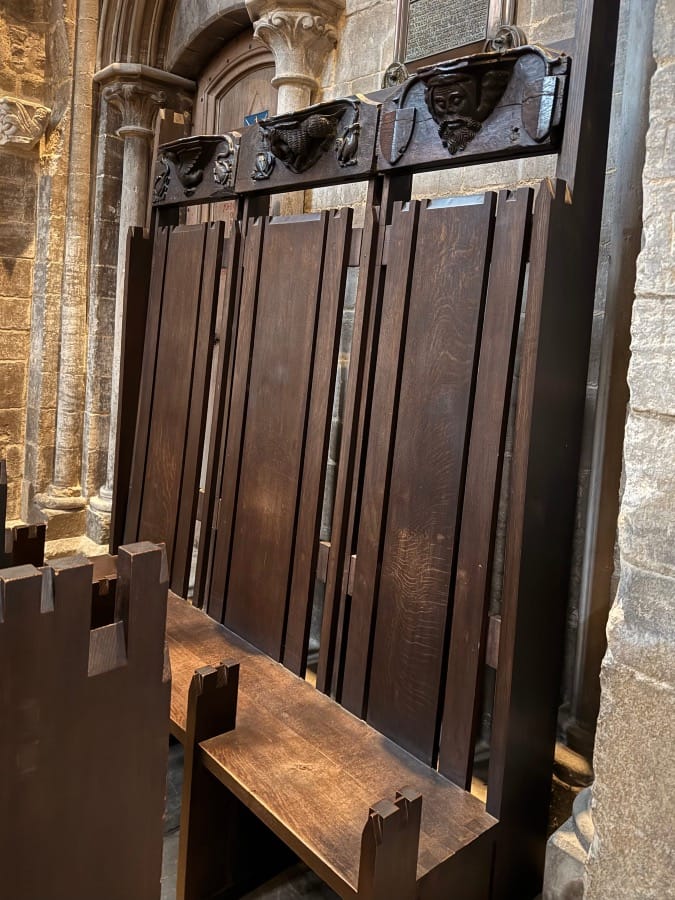
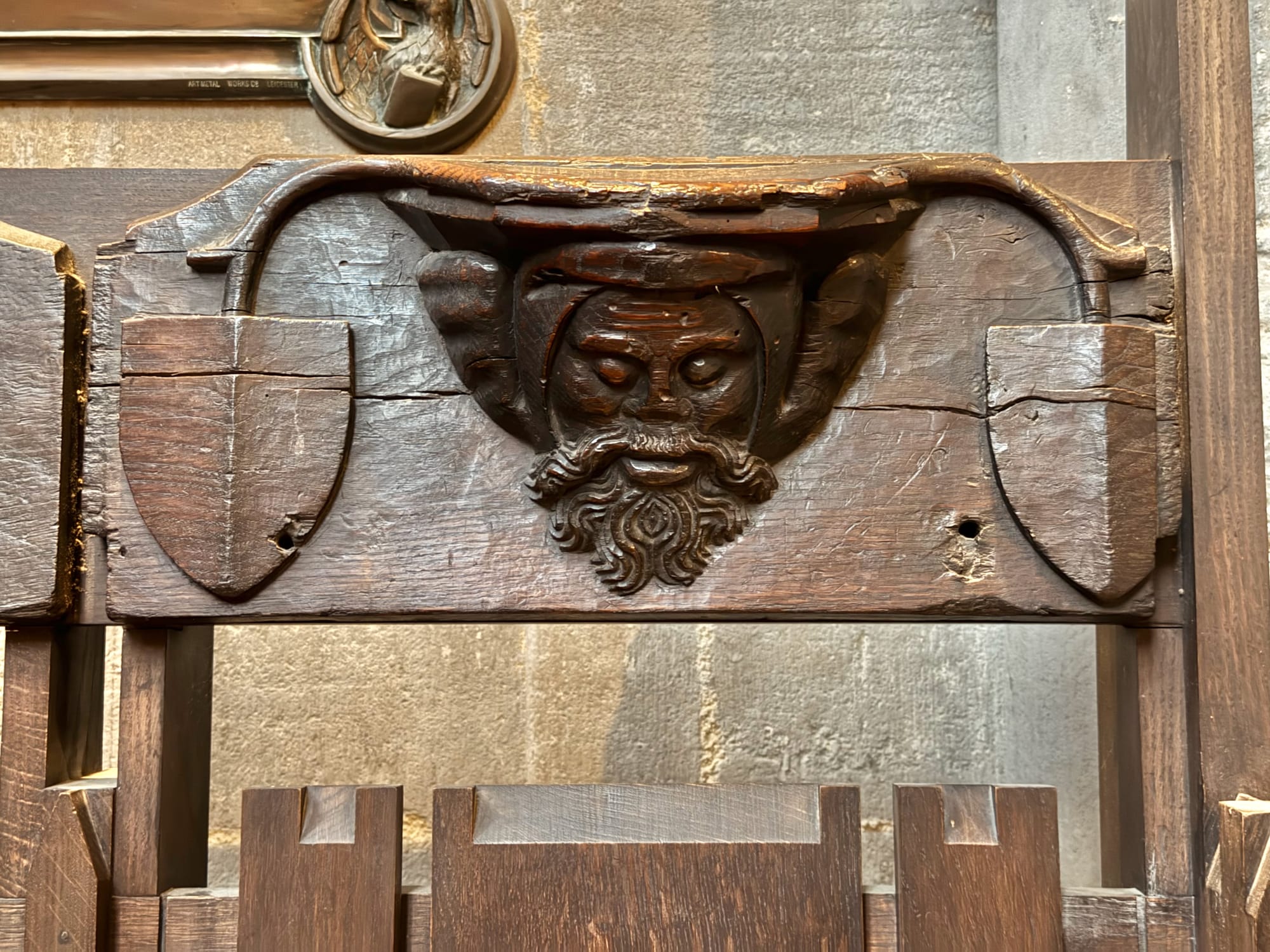
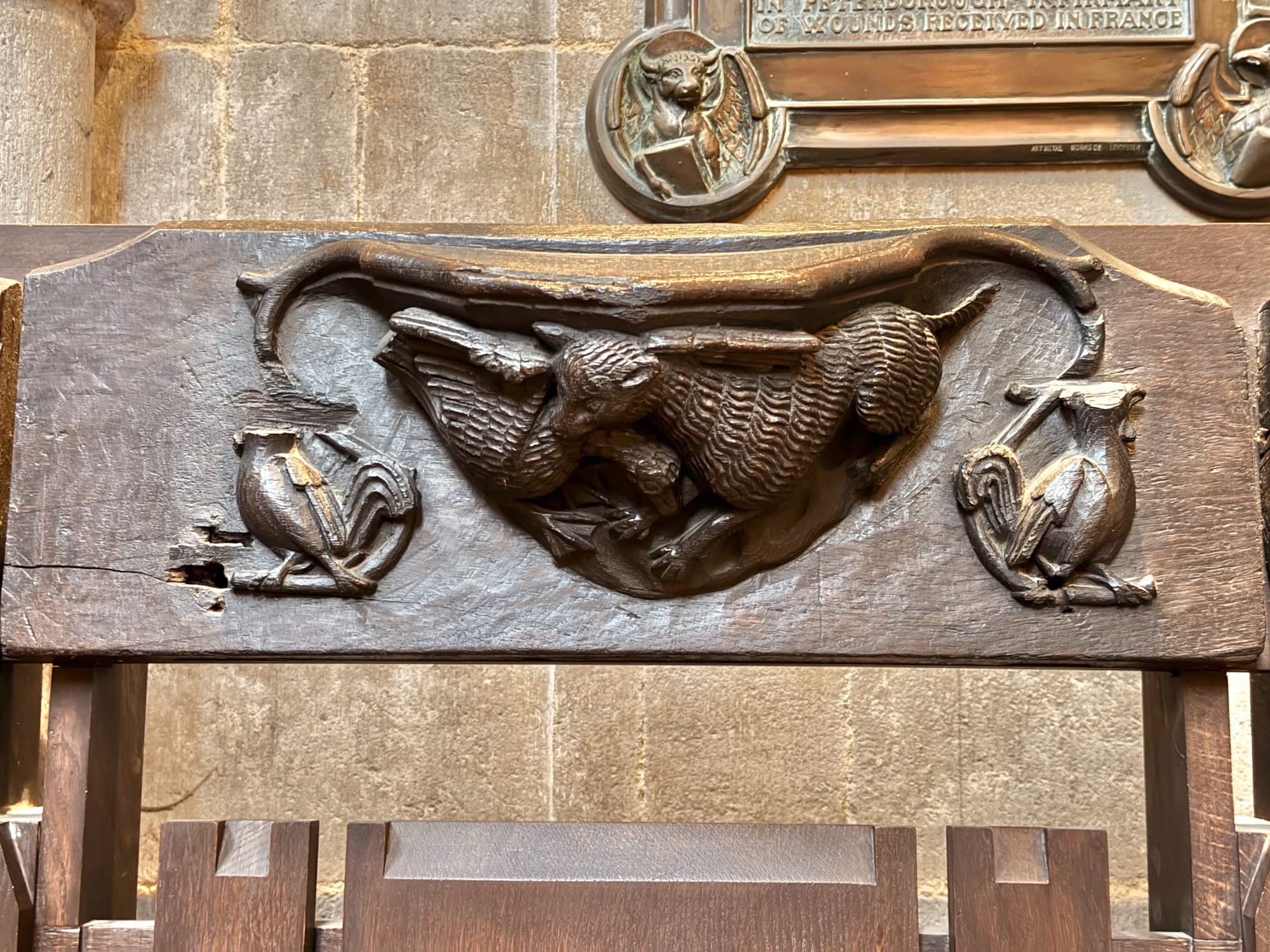
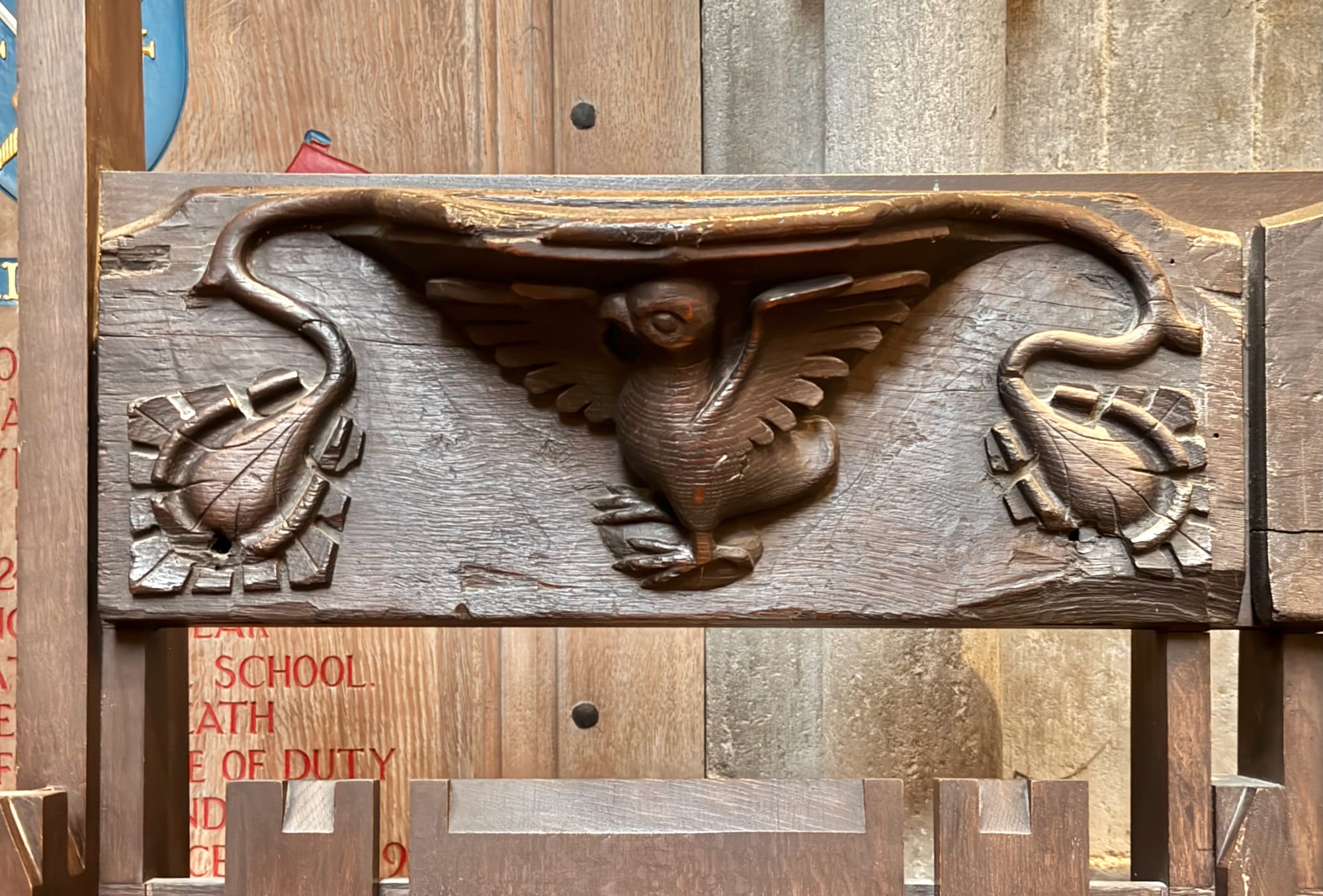
Every time I visit the cathedral, I'm always taken aback by the roof in the nave - a vast kaleidoscope of geometric lozenges.
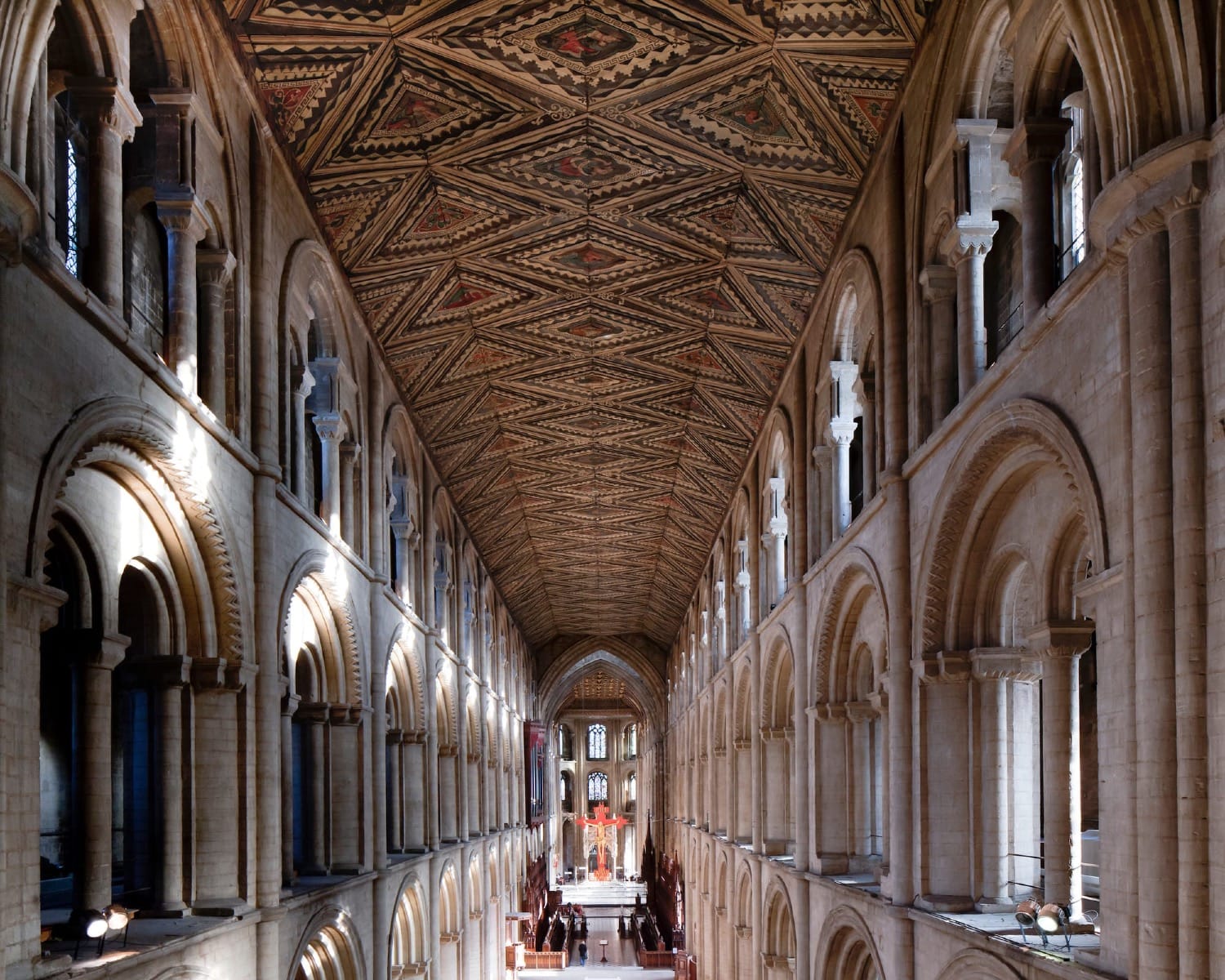
The roof is made of wood and was completed in the first half of the 13th century and is unique in all of Britain. It is one of only four oak ceilings that survive in Europe from this period.
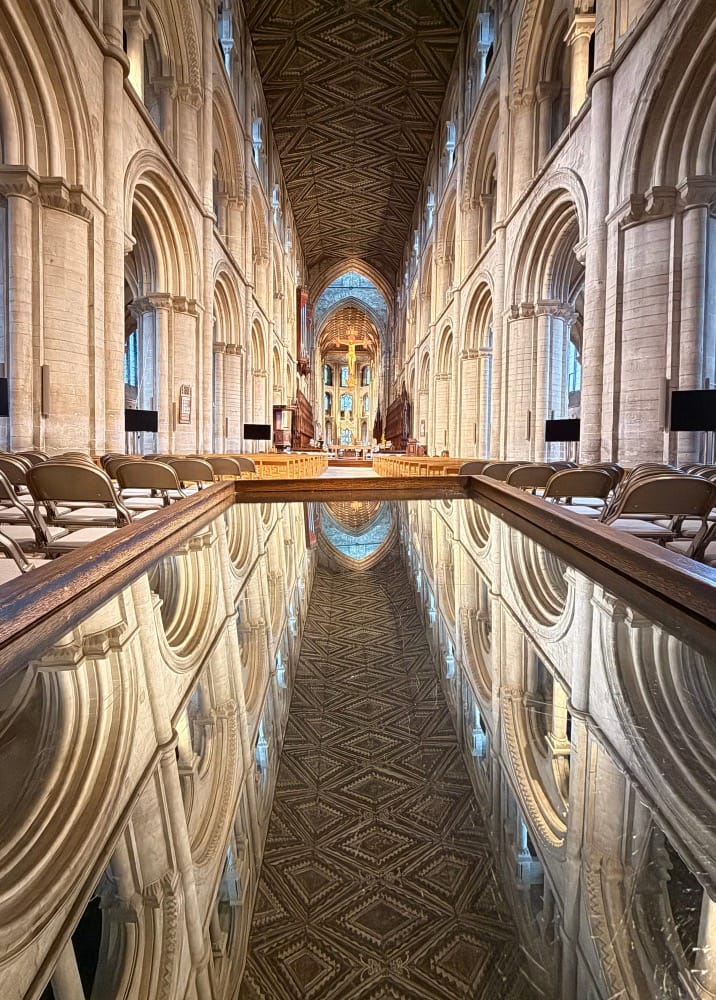
The lozenge-shaped panels feature a range of figures, including monarchs, bishops, and personifications of the seven Liberal Arts: music, geometry, logic, grammar, rhetoric, arithmetic, and astronomy. Certain images are more puzzling, like one showing a monkey riding a goat backwards while conversing with an owl—perhaps a depiction of folly.
The crucifix at the east end of the nave is also by George Pace created by sculptor and stained glass artist Frank Roper. I like the way that the C20th is represented as one of the layers of the fabric. The memorial box with the incendiary device and also the plaque is also by George Pace.
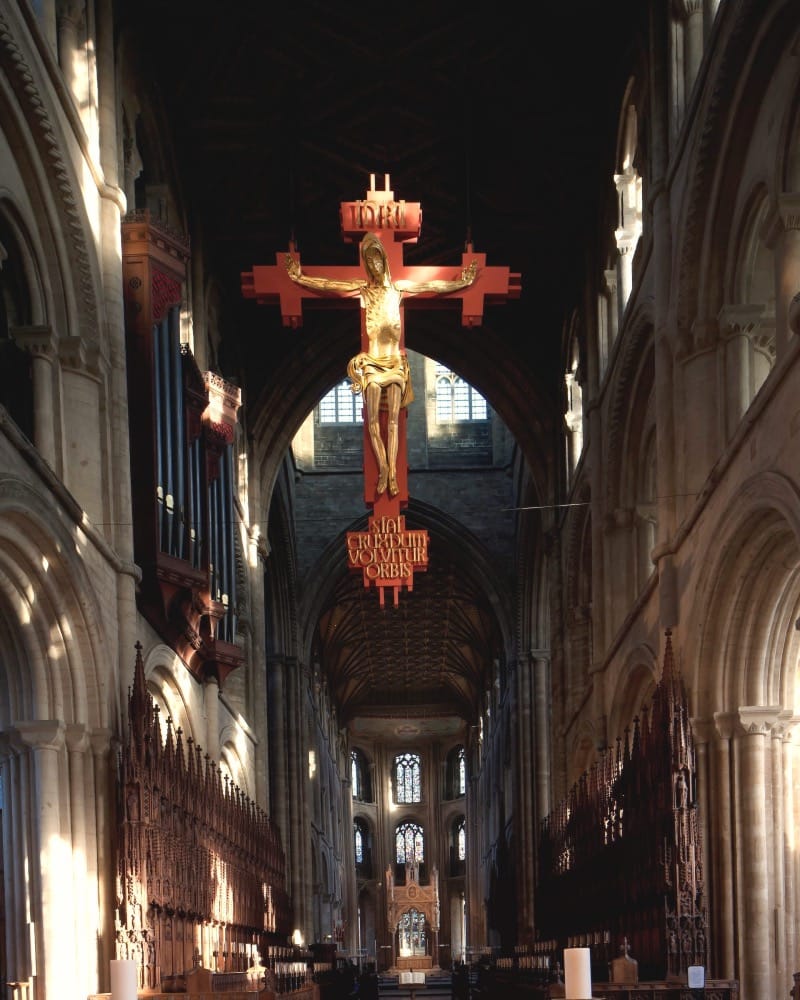
In the west wall of the south transept is a pair of figures believed to be Roman, possibly dating from the late 2nd century—once thought to be bishops, but now considered to be dancing deities.
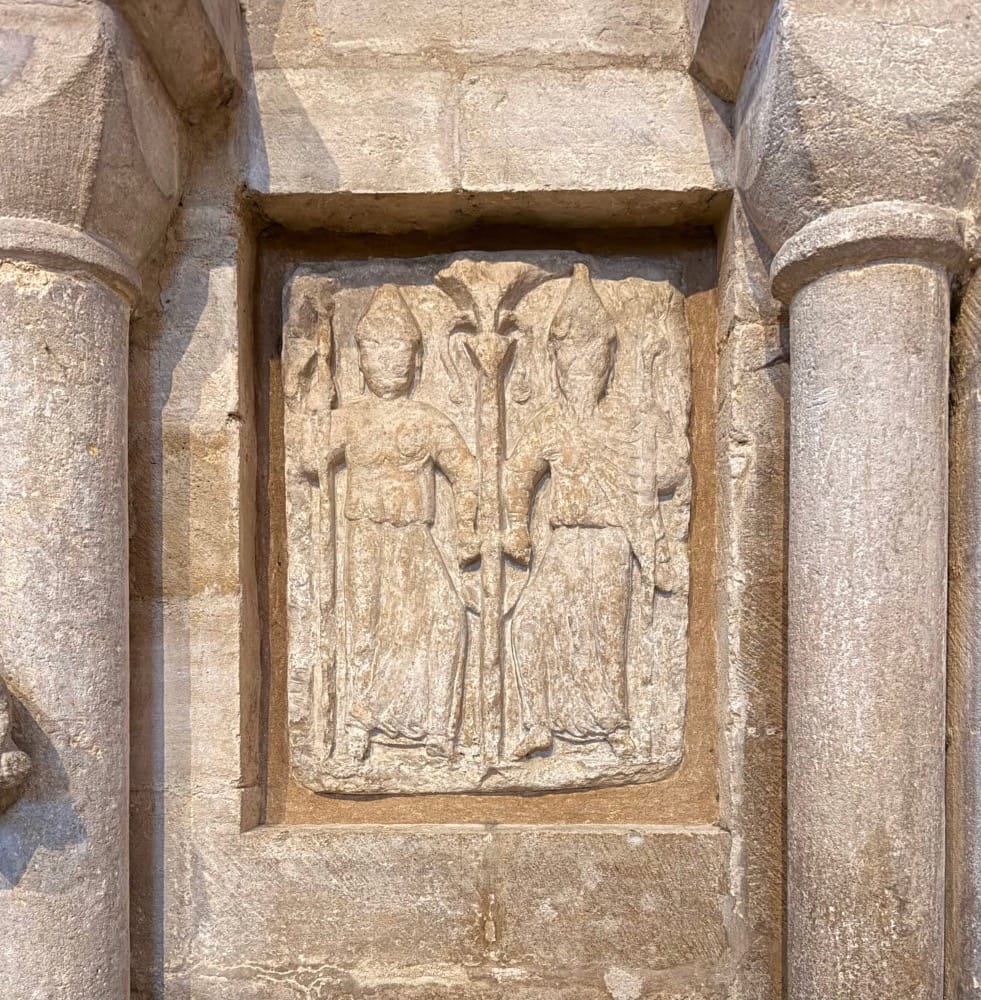
Walking through the nave and then into the side aisle beyond the altar conjures up one of those transformative experiences - as if moving from one epoch to another. The muscular Romanesque transitions into a light and filigree explosion of vaulting. Called the 'new building' - it was completed in the early C16th. It's a wondrous piece of architecture and it rivals anything of its period.
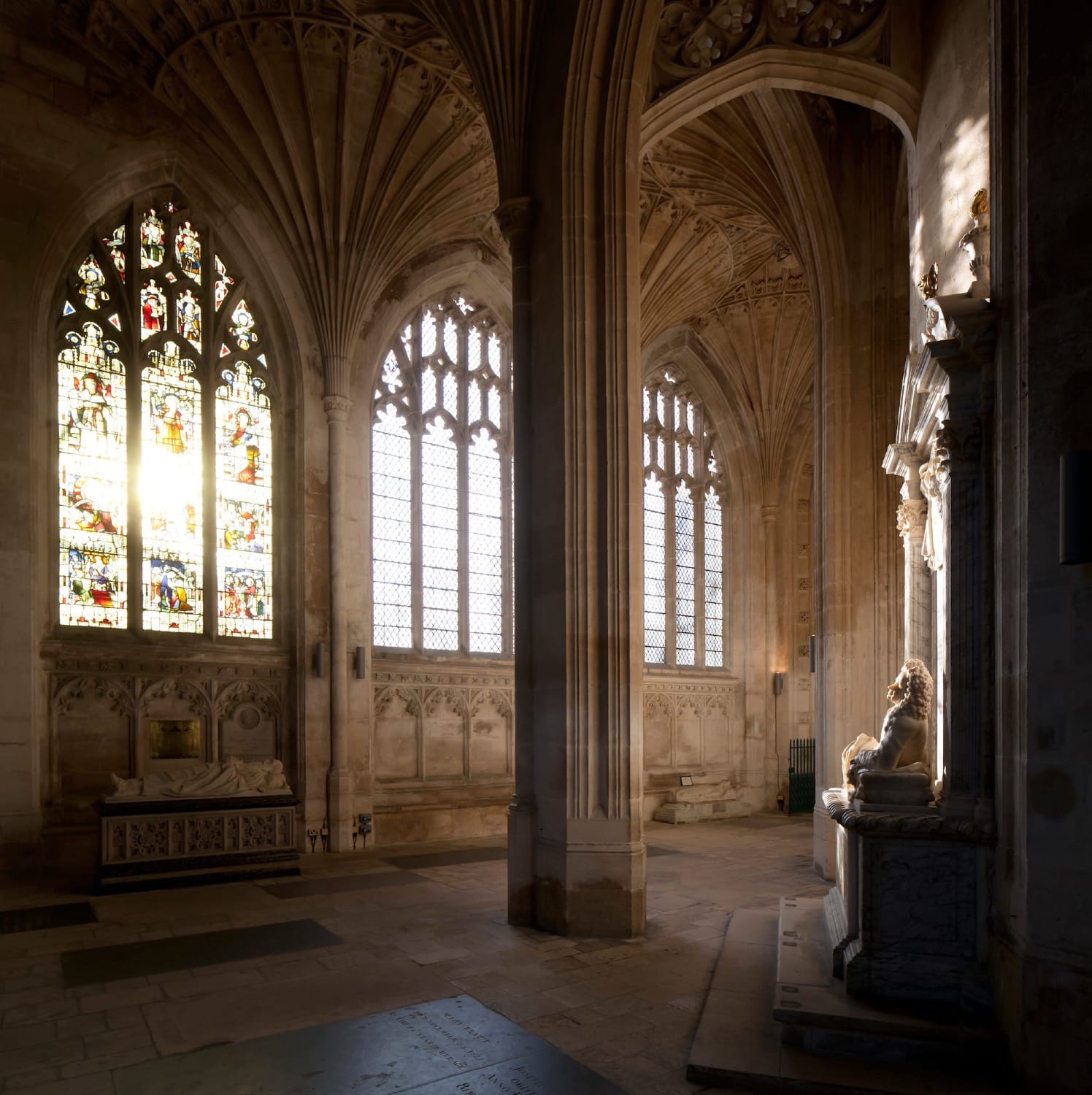
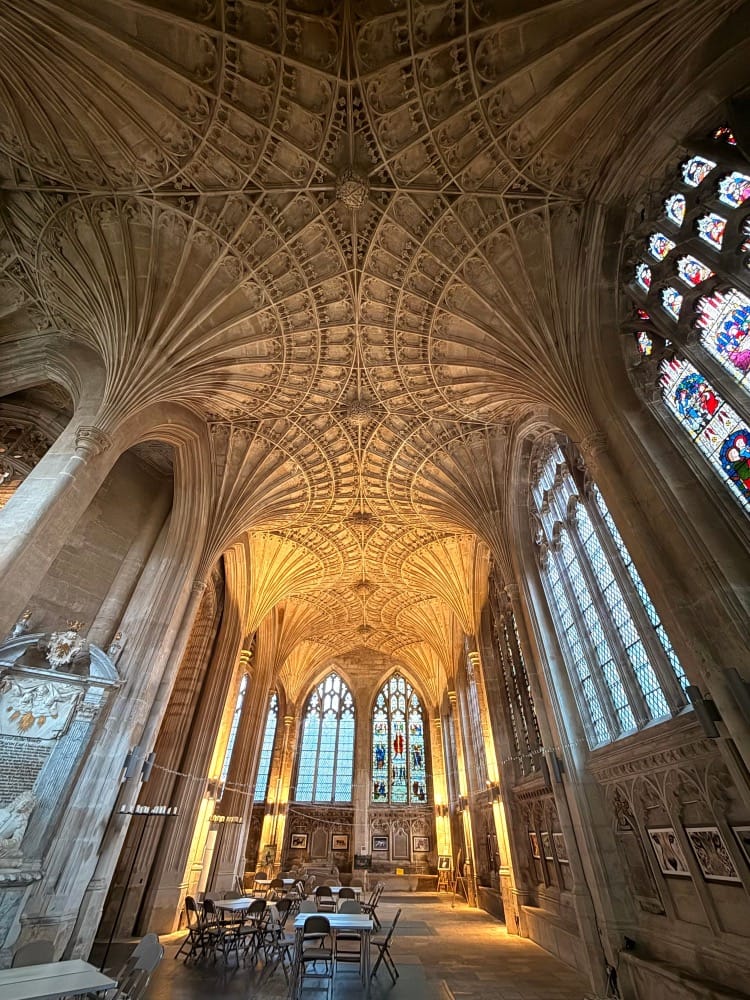
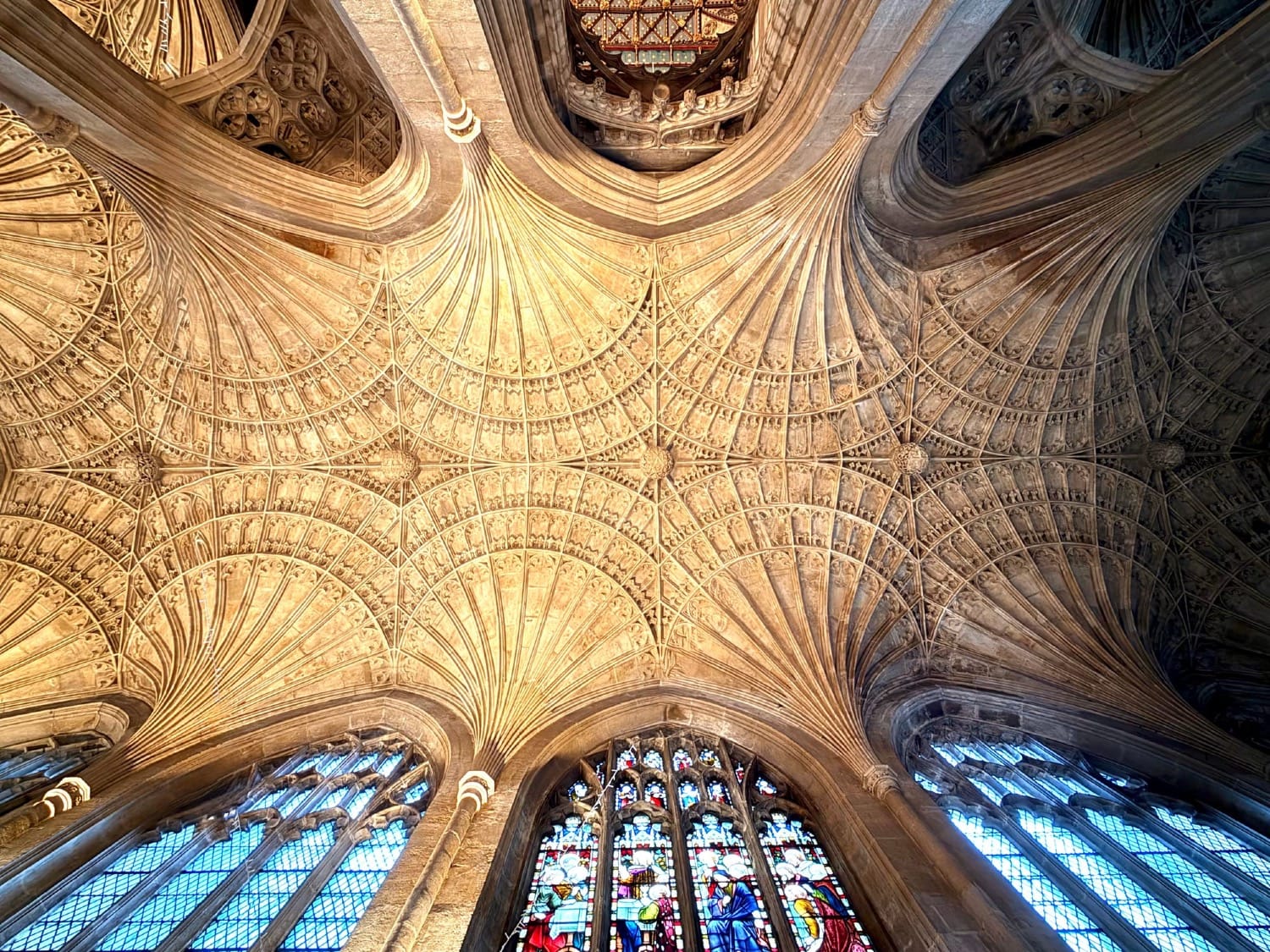
Just around the corner from the remarkable fan vaulting of the new building is buried Katharine of Aragon, once queen of England, mother of St. Mary, aunt to Emperor Charles V.
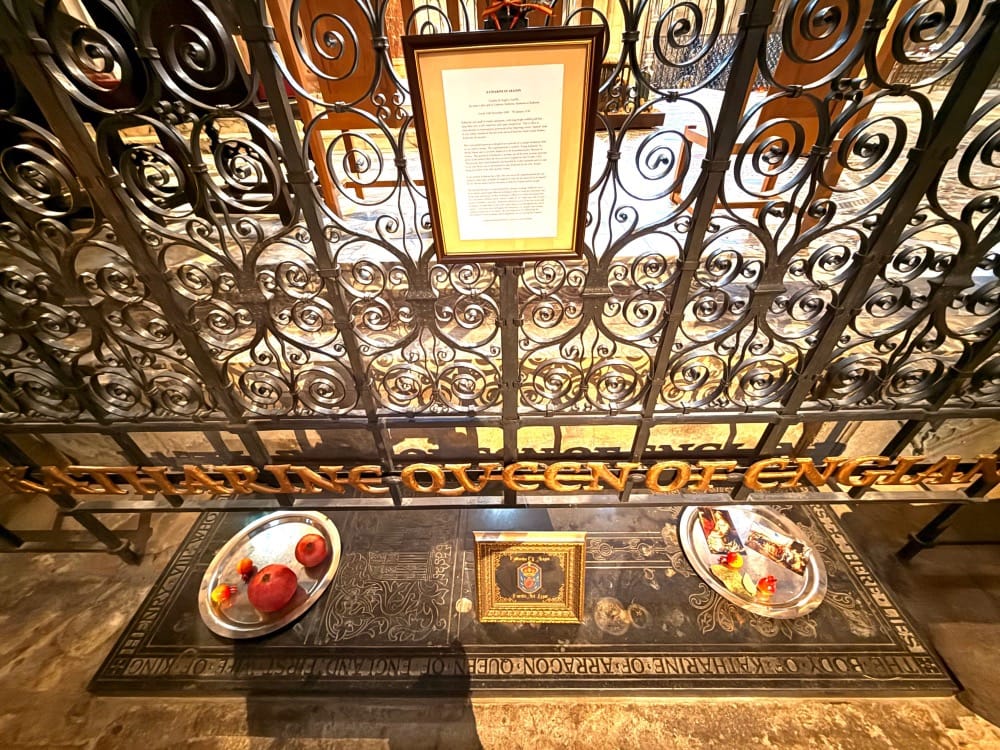
She was quite a remarkable woman, refusing to acknowledge her divorce from Henry VIII to the end. It is said that, in later life, she confined herself to one room (other than mass) and wore a hair shirt in the Franciscan style. Whist there, I notice the offering of fruit on a plate laid over her memorial. The pomegranate is her personal emblem and the orange reflects her Spanish origins.
Below are a few of the photographs I took when I first visited the cathedral. Taken with my tilt shift lens.
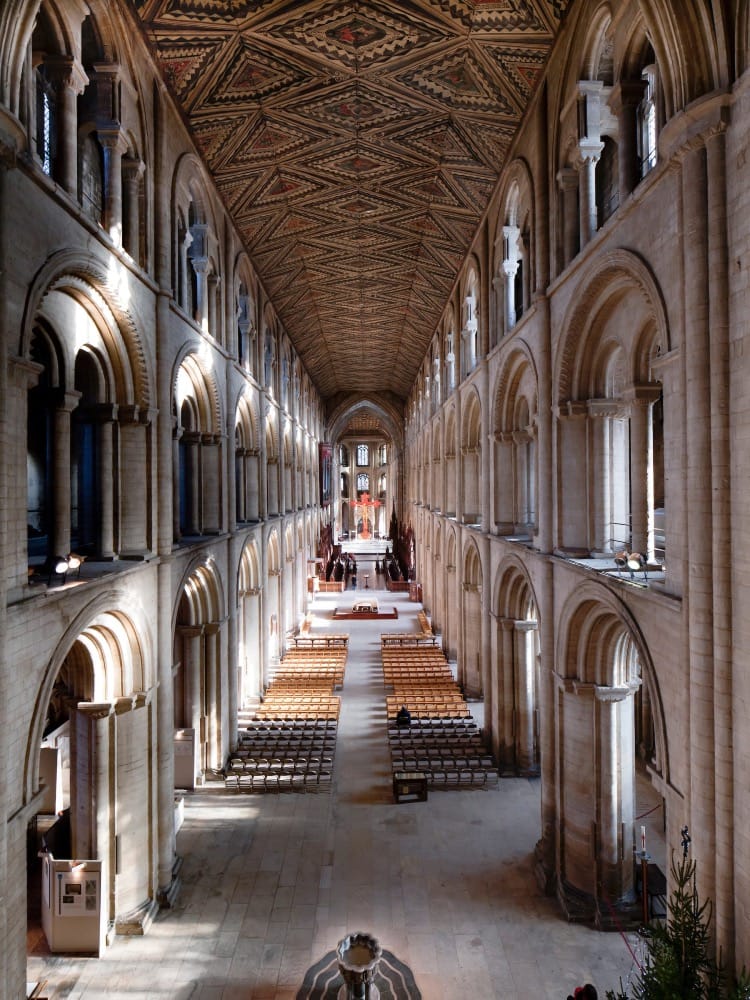
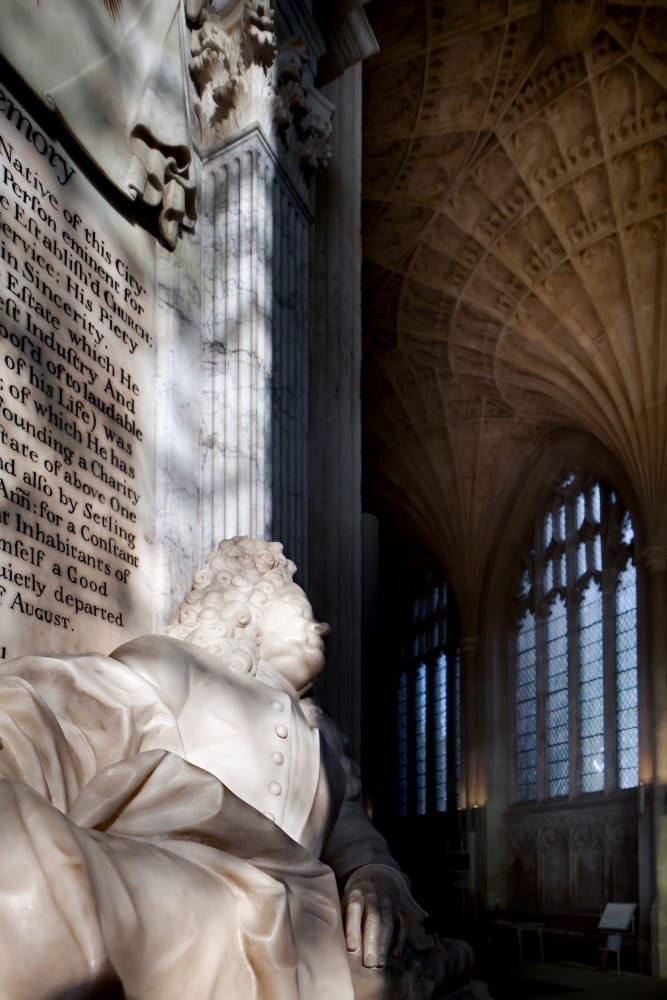
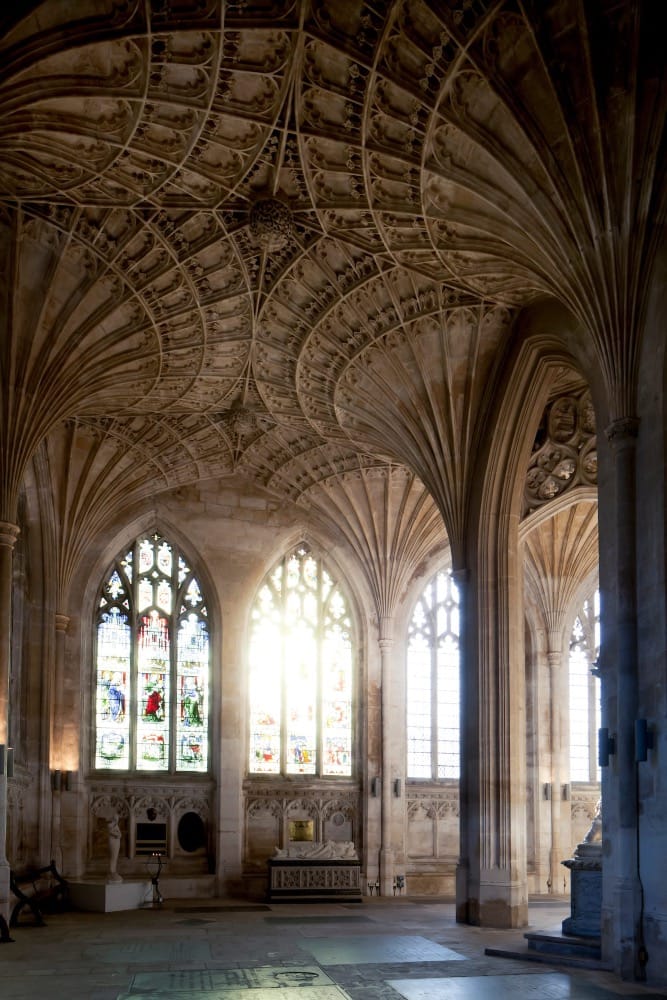
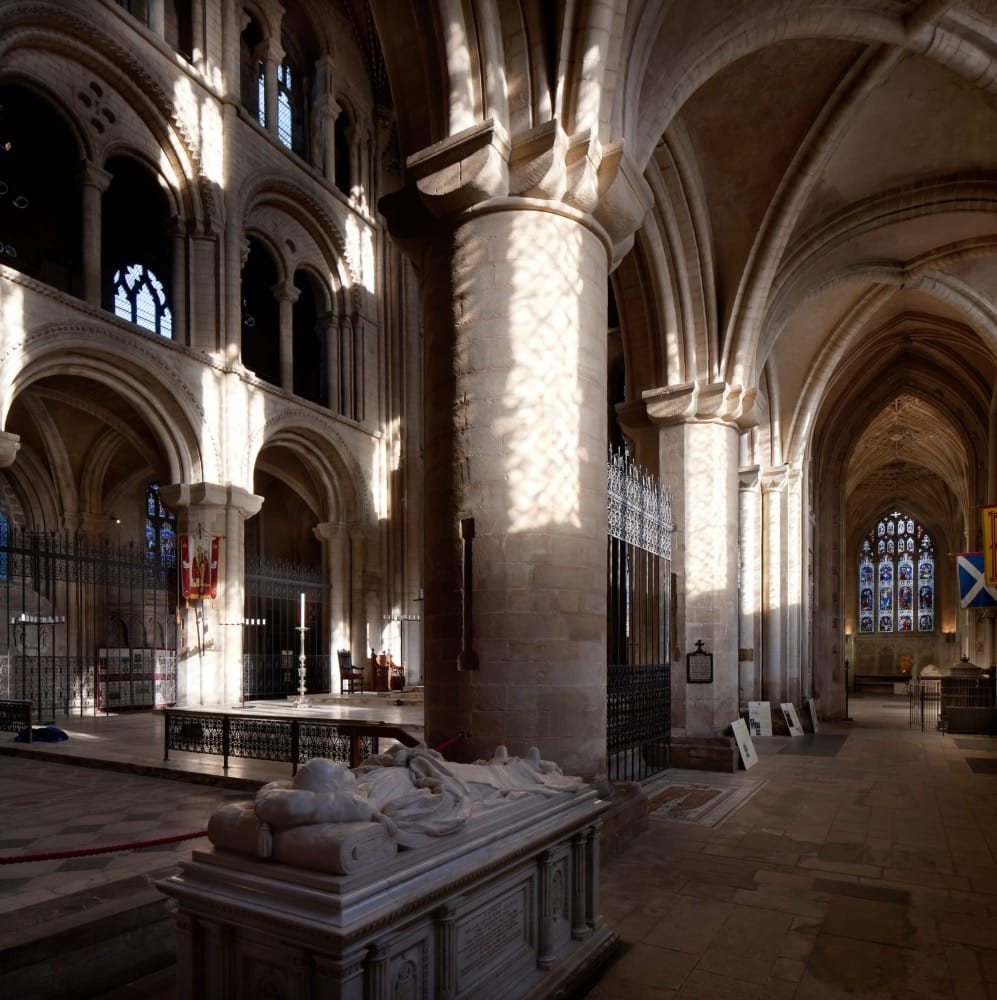
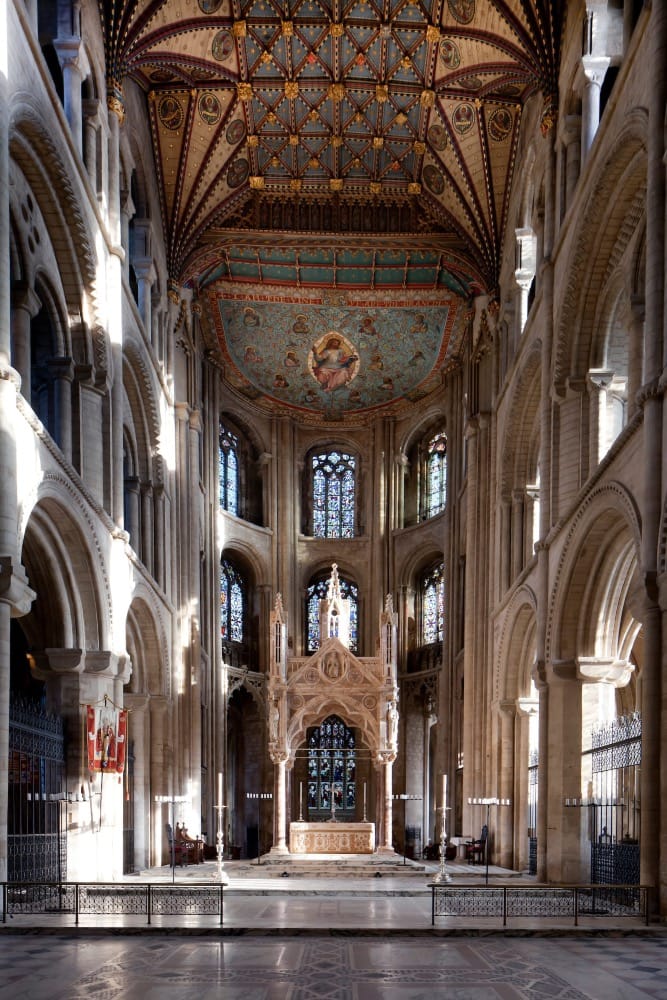
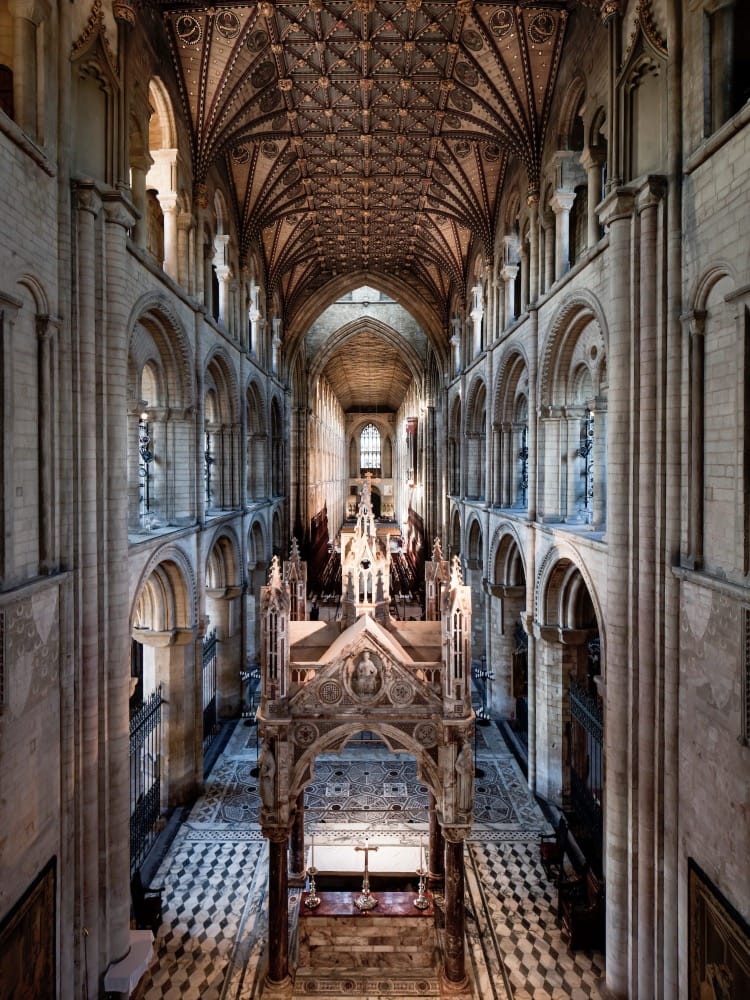
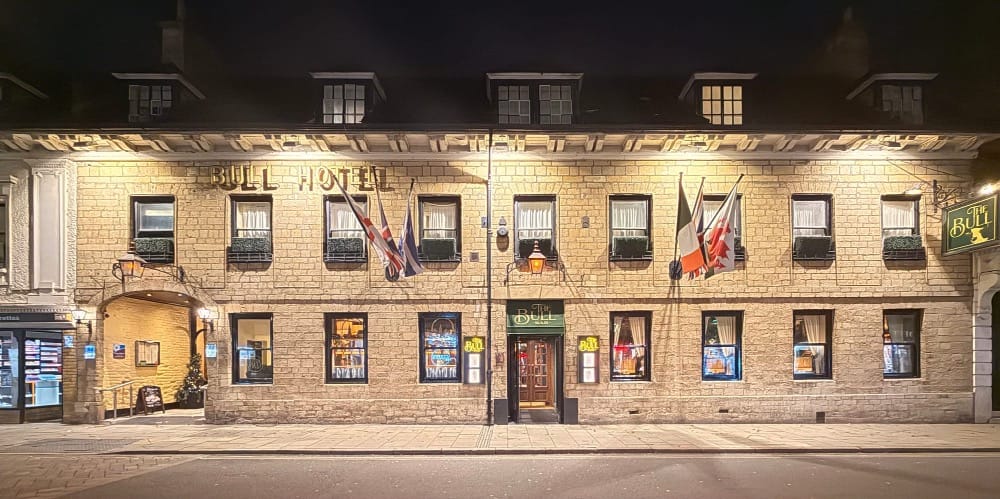
It's very rare that I want to leave the solitude of the van, but, on this occasion, my visit provided the tonic that I needed. Instead of conjuring up a curry on my two hob burner, I headed for The Bull Hotel - a lovely Georgian building in the city centre. Whilst there I wrote up my notes for this digest.
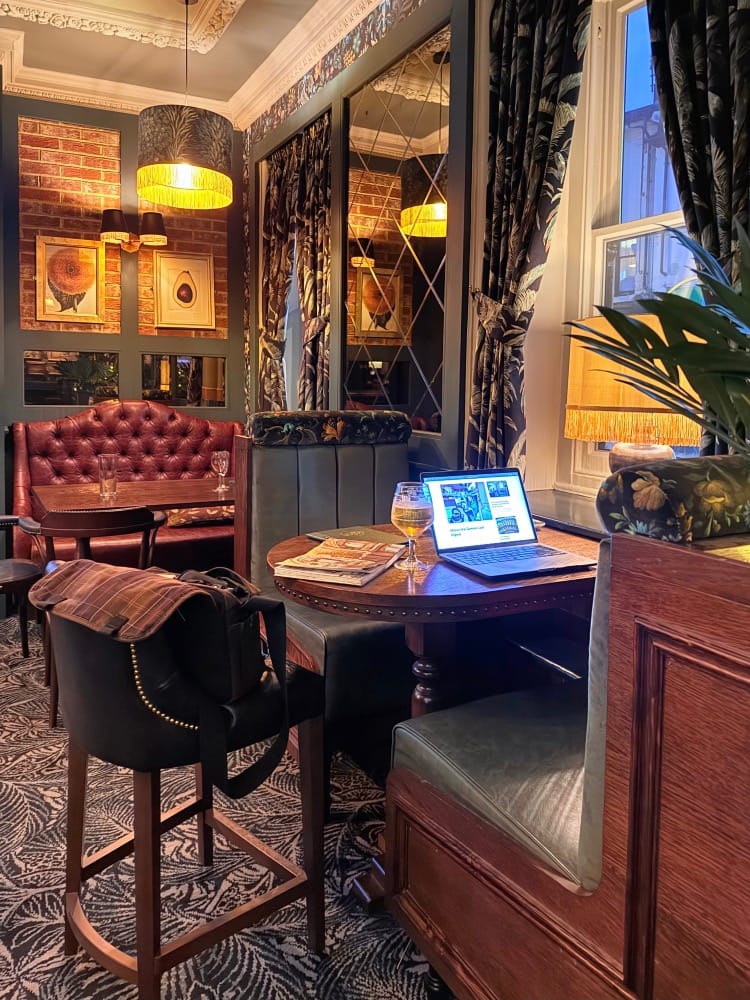
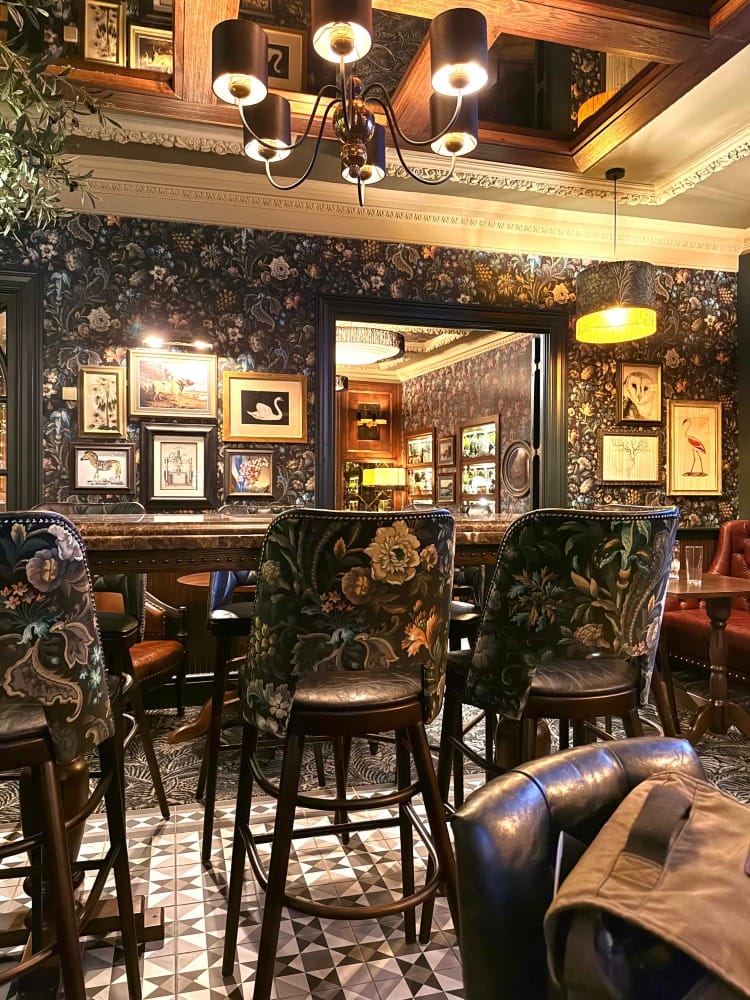

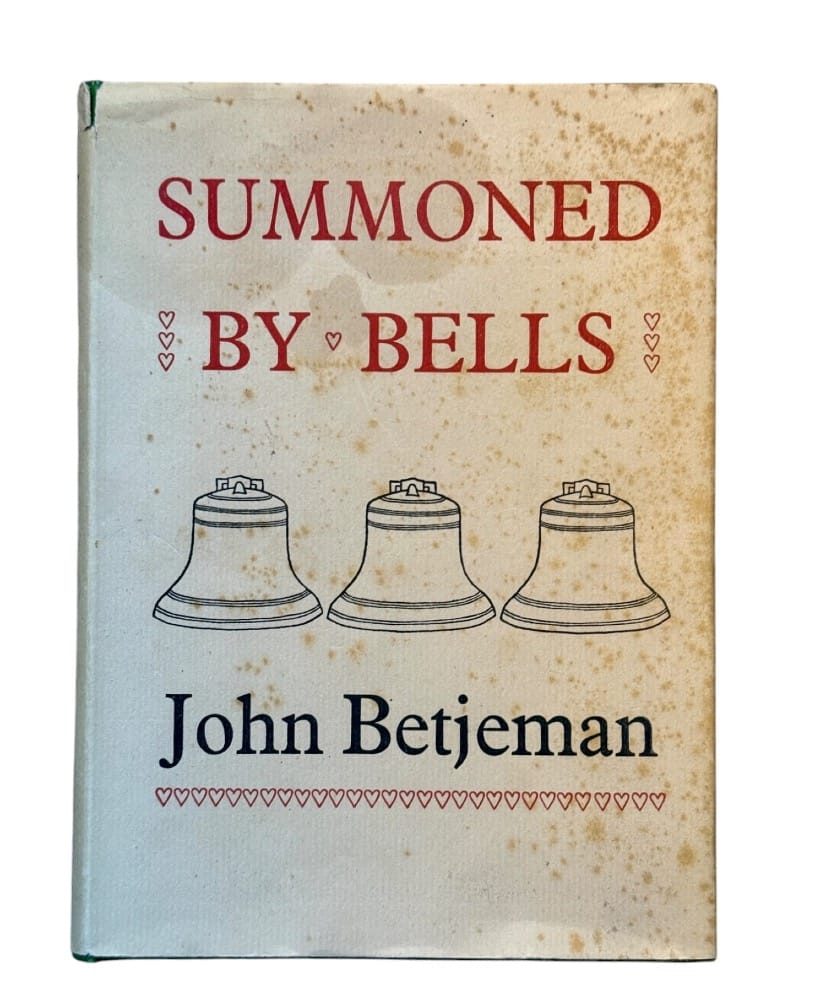
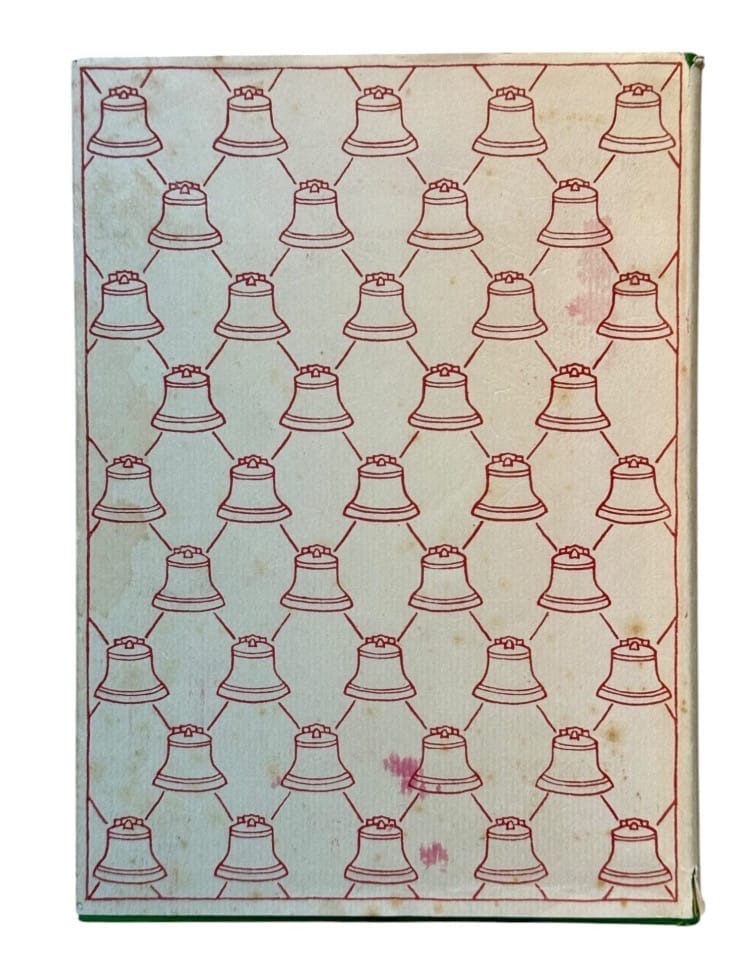
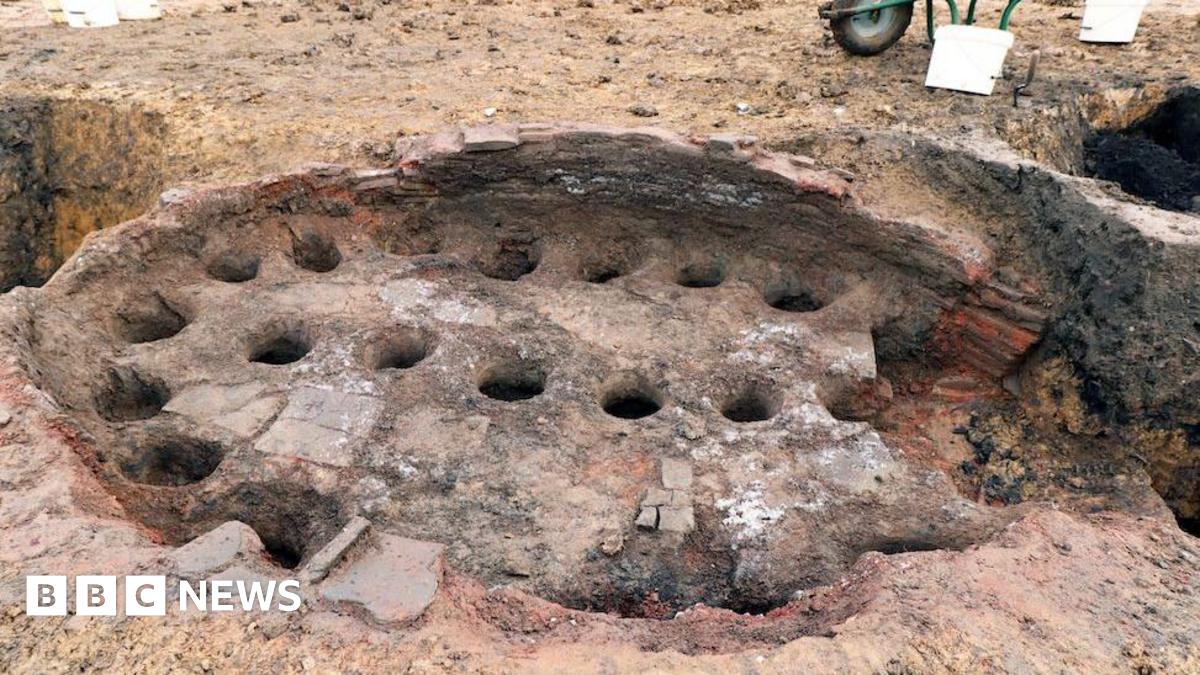


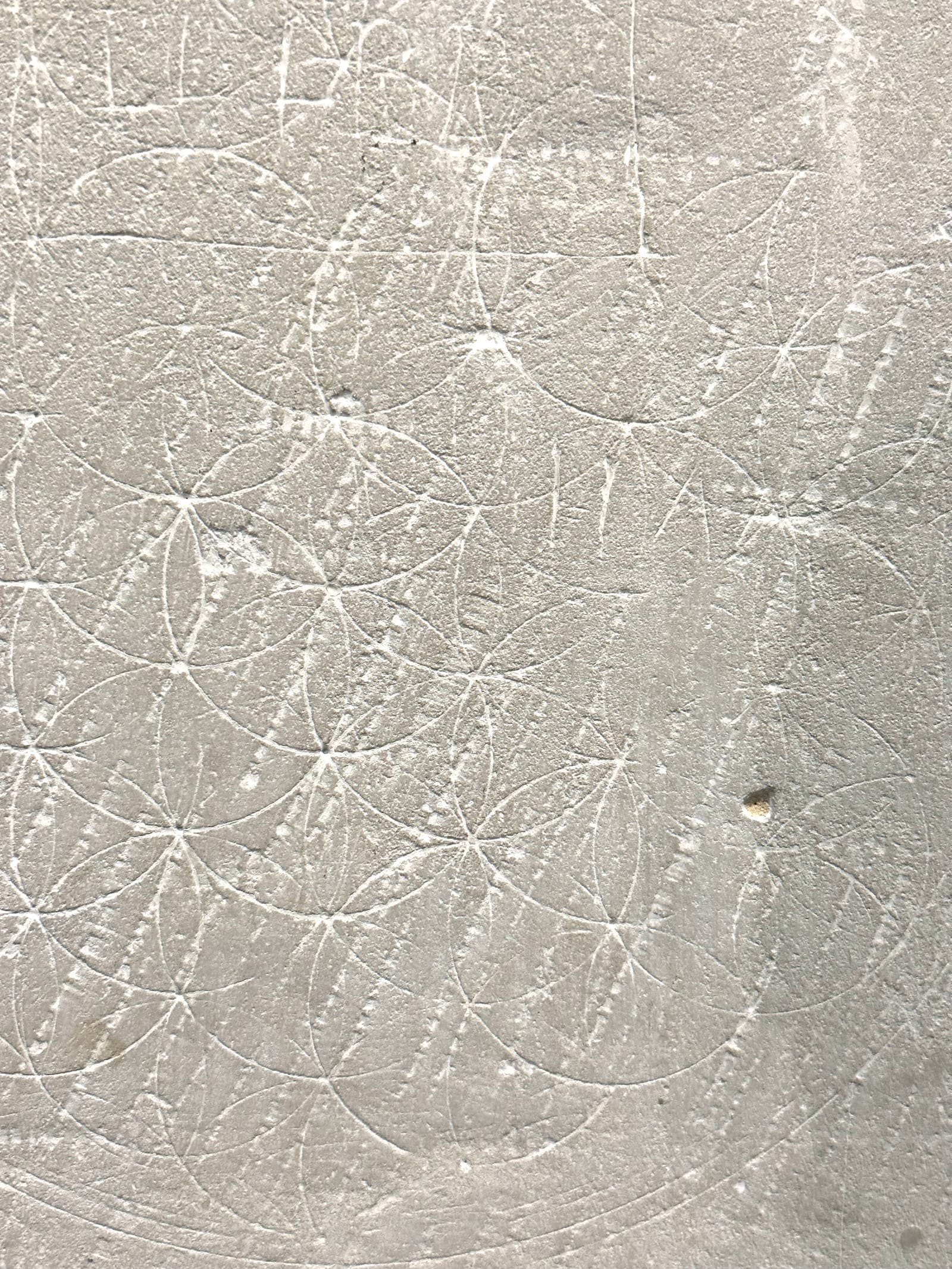
Our churches portray the helplessness and vulnerability of our ancestors. The marks aren’t just geometric scripts, or cursive grammar - they are the vowels and consonants in an unspoken story that spans numerous generations.
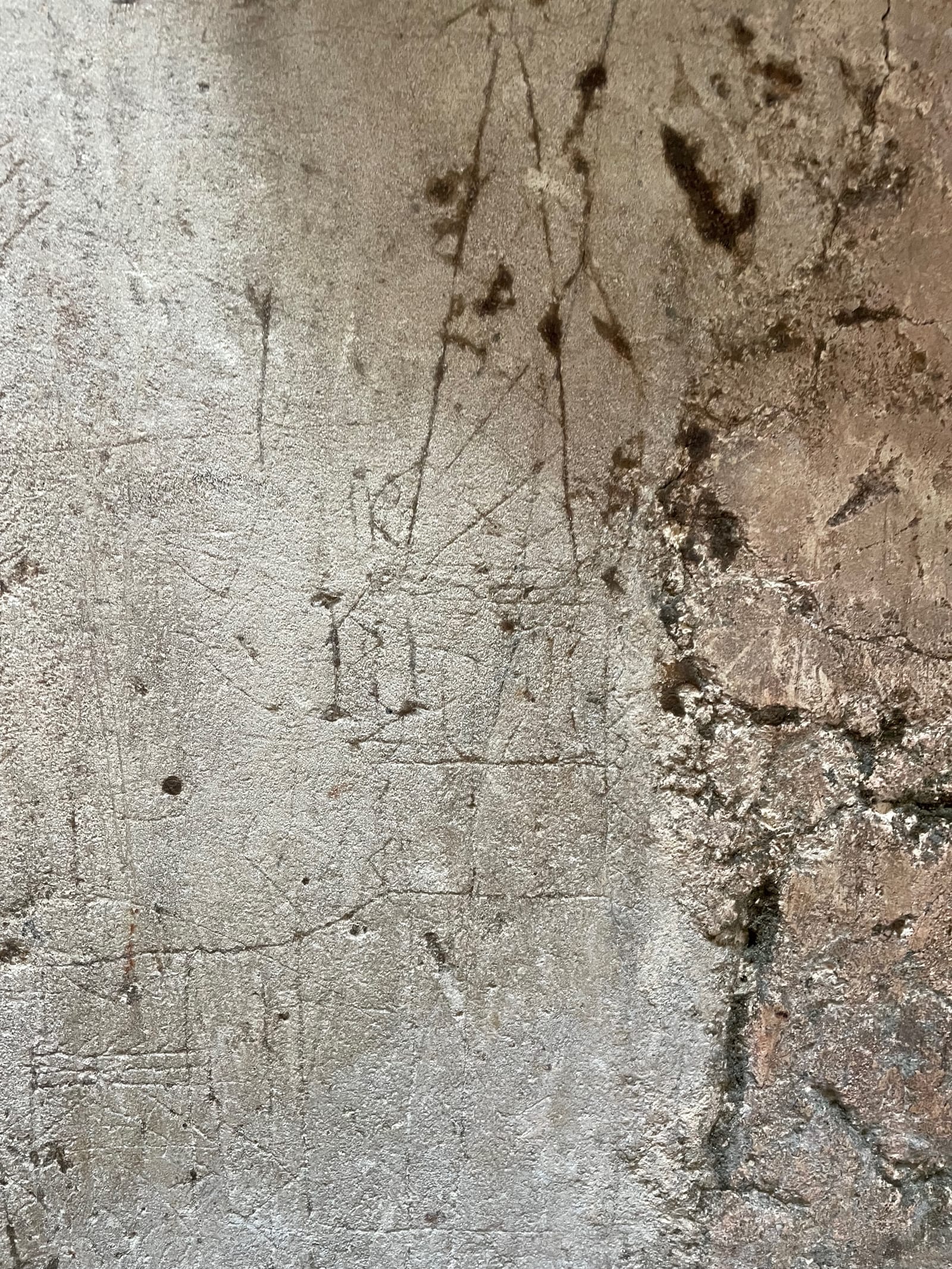
I’m fascinated by the stuff. Etched within and without the officious walls of our churches are the whispers of ordinary people that found a way of making their mark without others seeing.
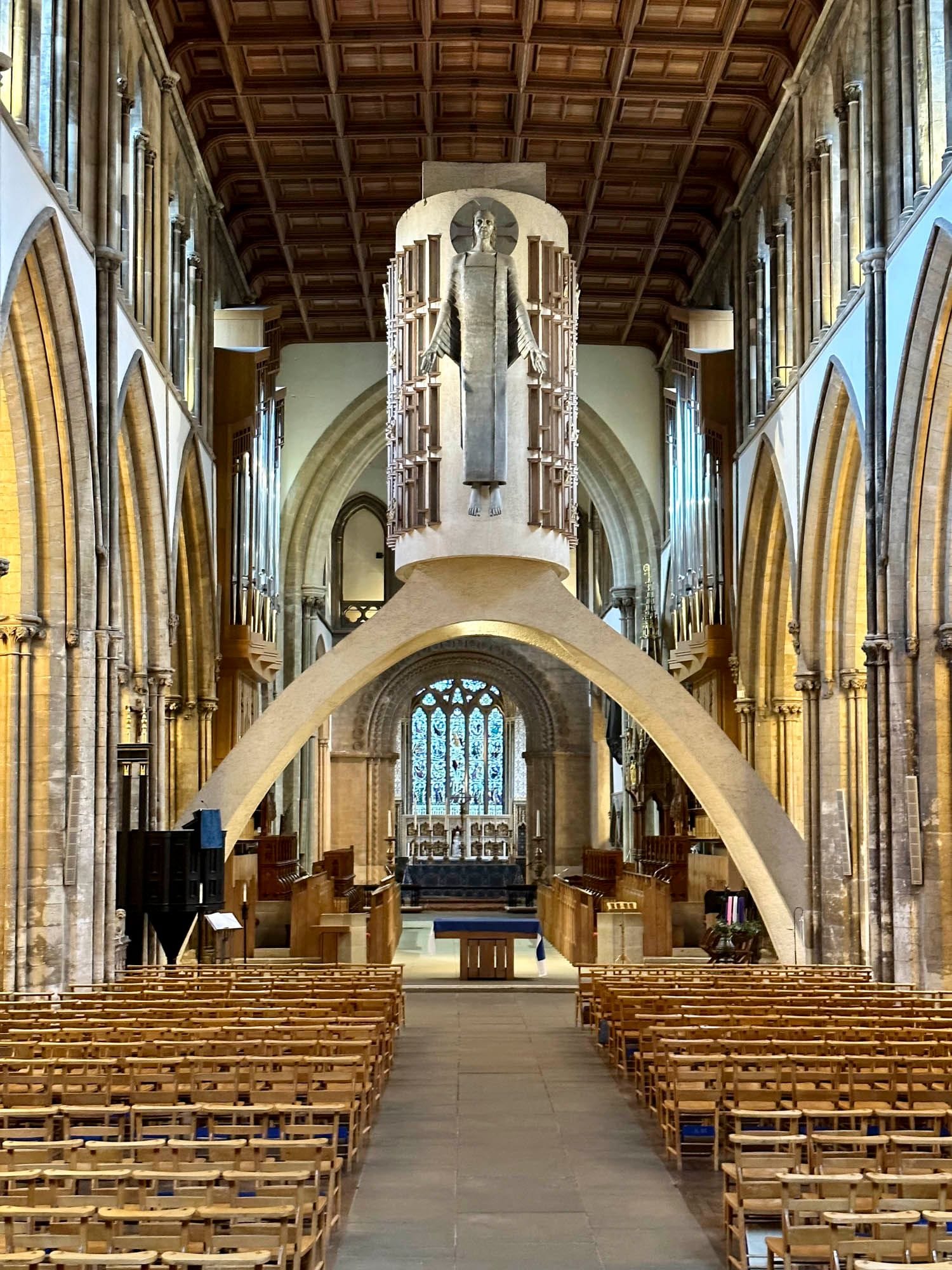
George Pace was such a remarkable architect (one comes along like Pace every hundred years or so). For me he was an architect who managed to create something new out of the past that didn't jar with it.
Historic Graffiti in Buildings Comperandum.
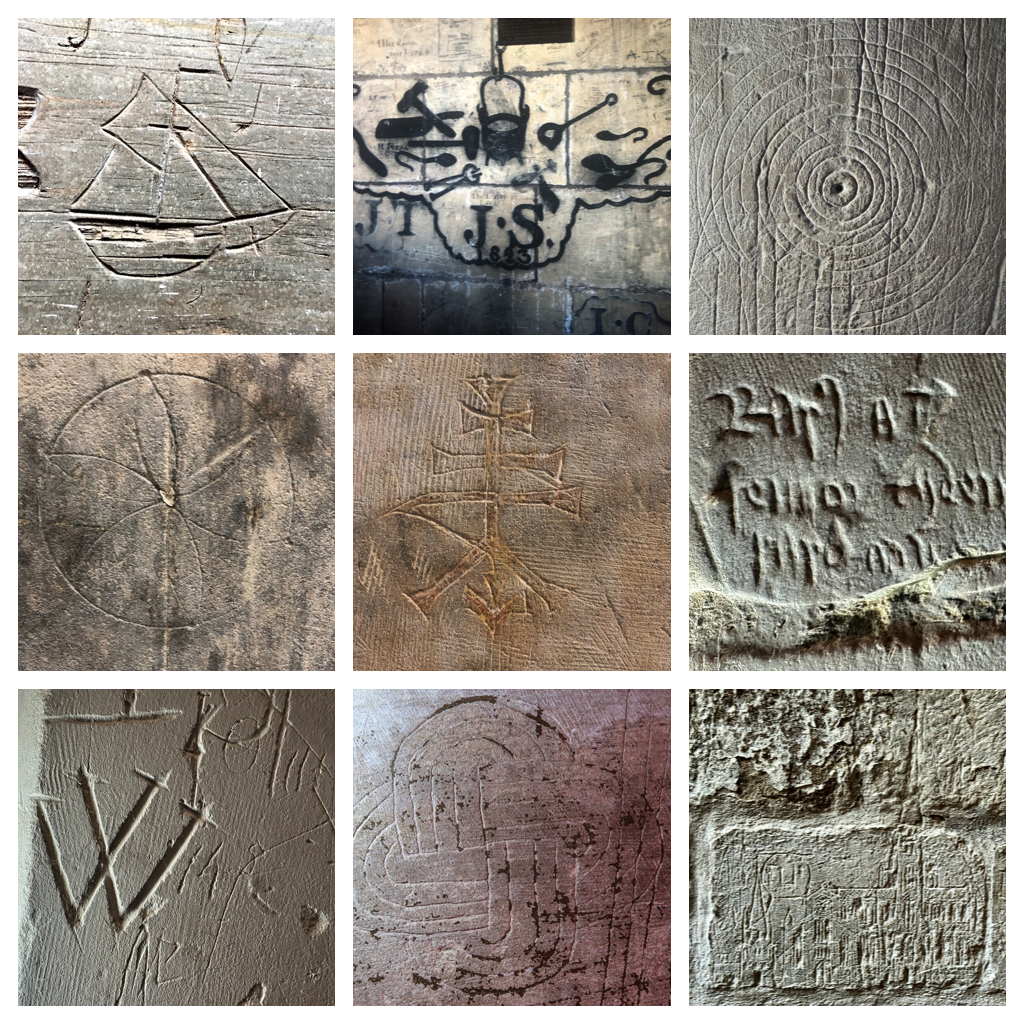
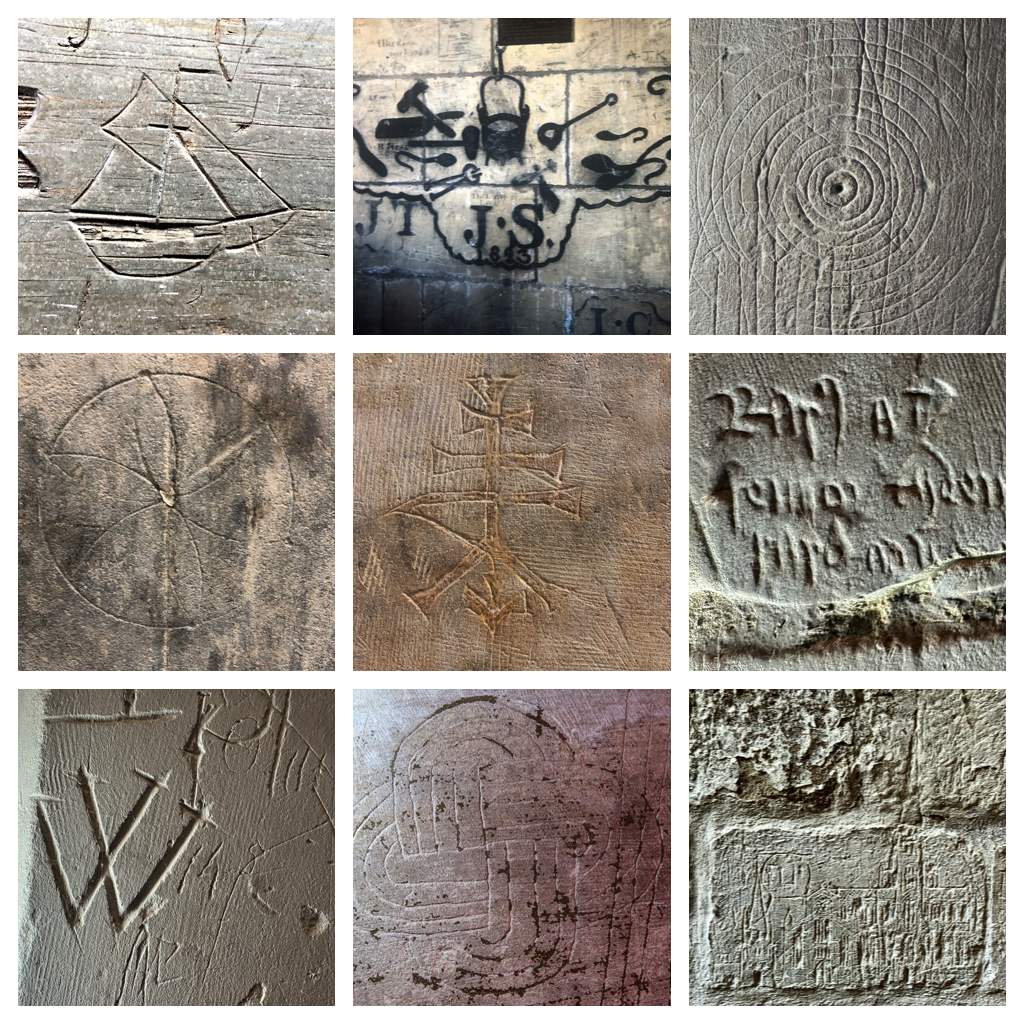
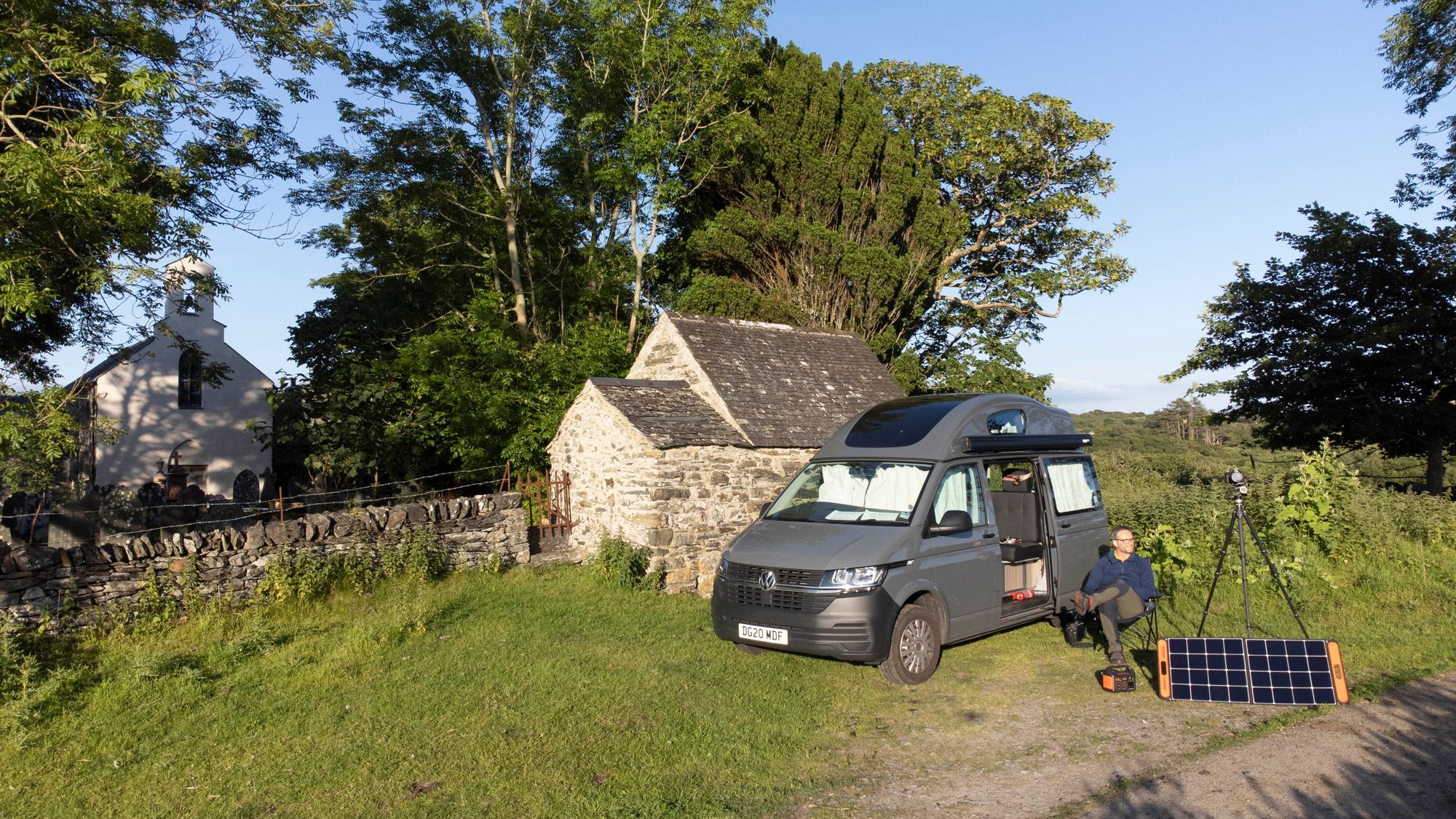
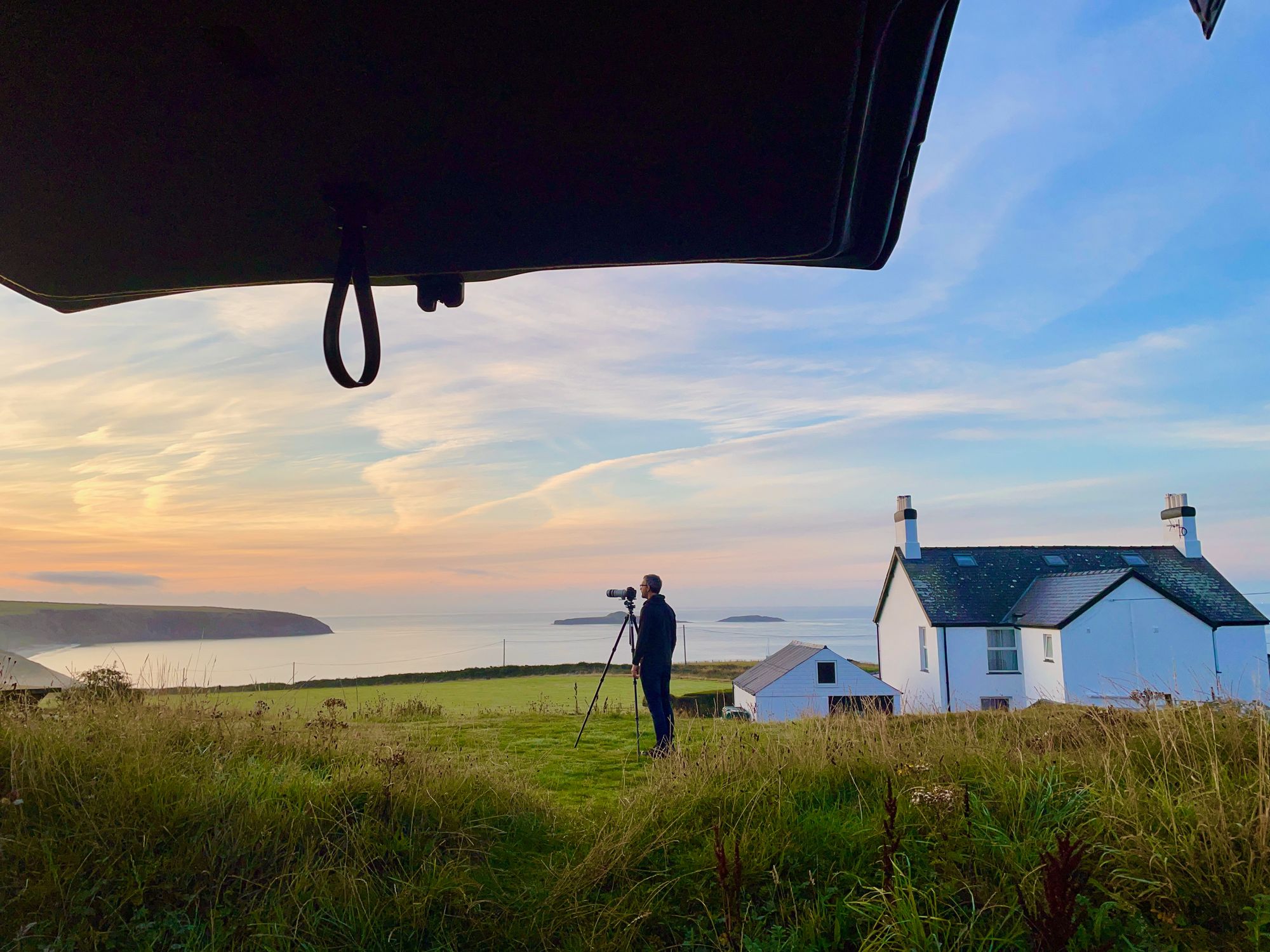
Recent Digest Sponsors:
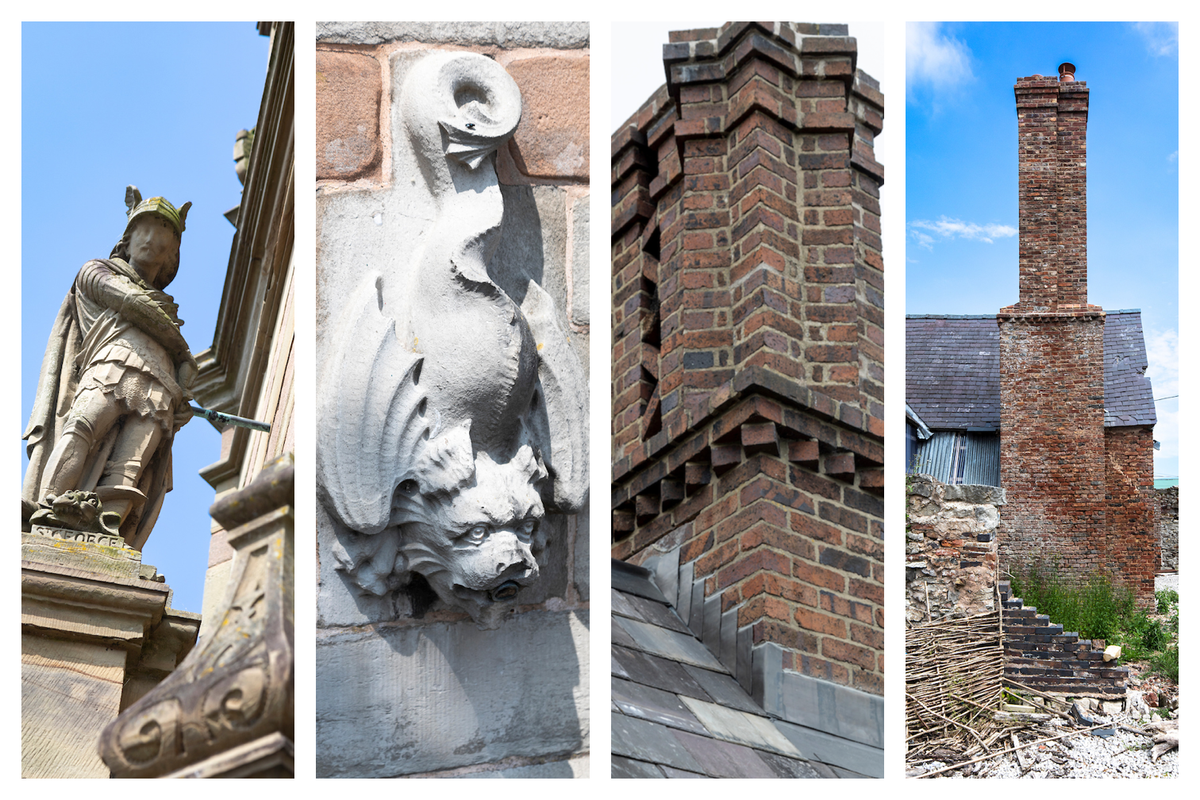
The Alternative Valentine's Gift - a 12 month membership to the Genius Loci Digest:

More information here:

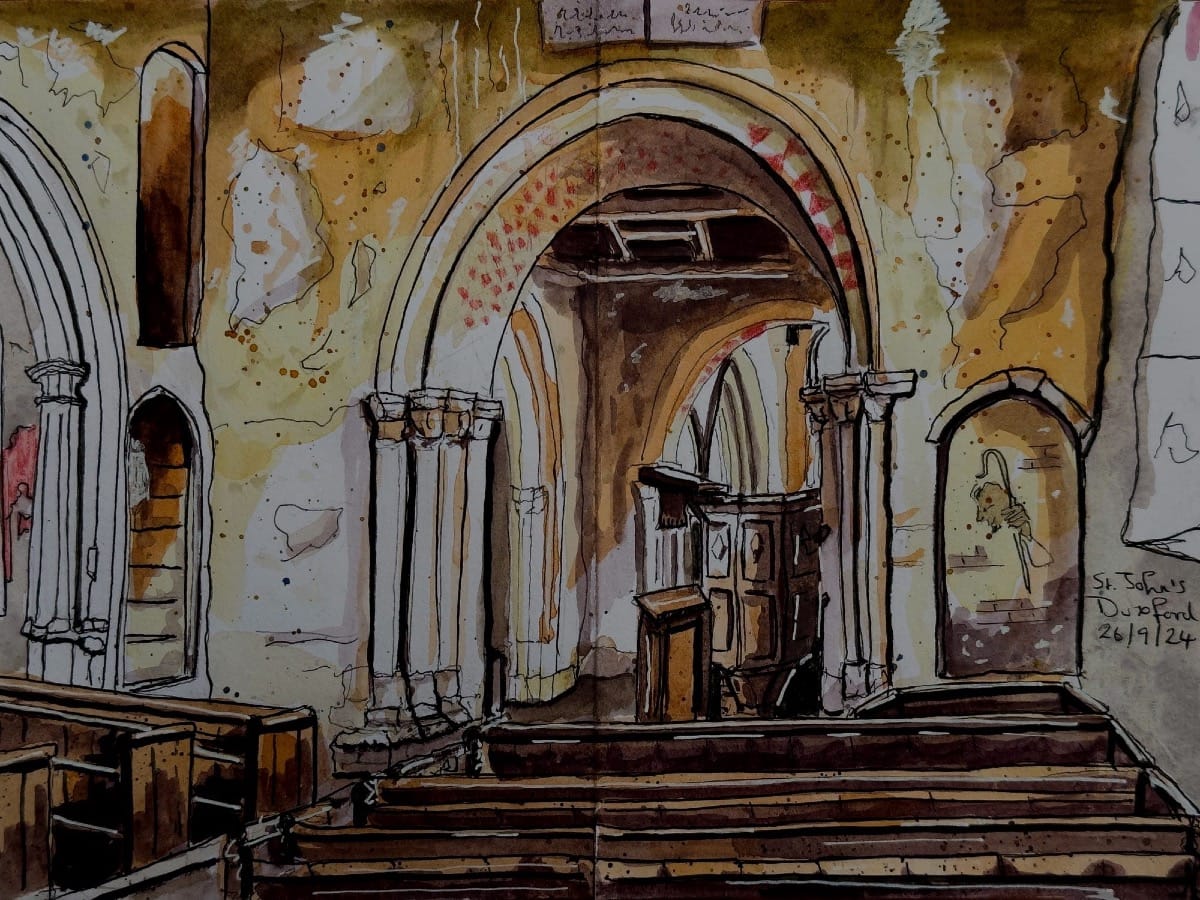
Atelier - My Art Shop
Visit My Art Shop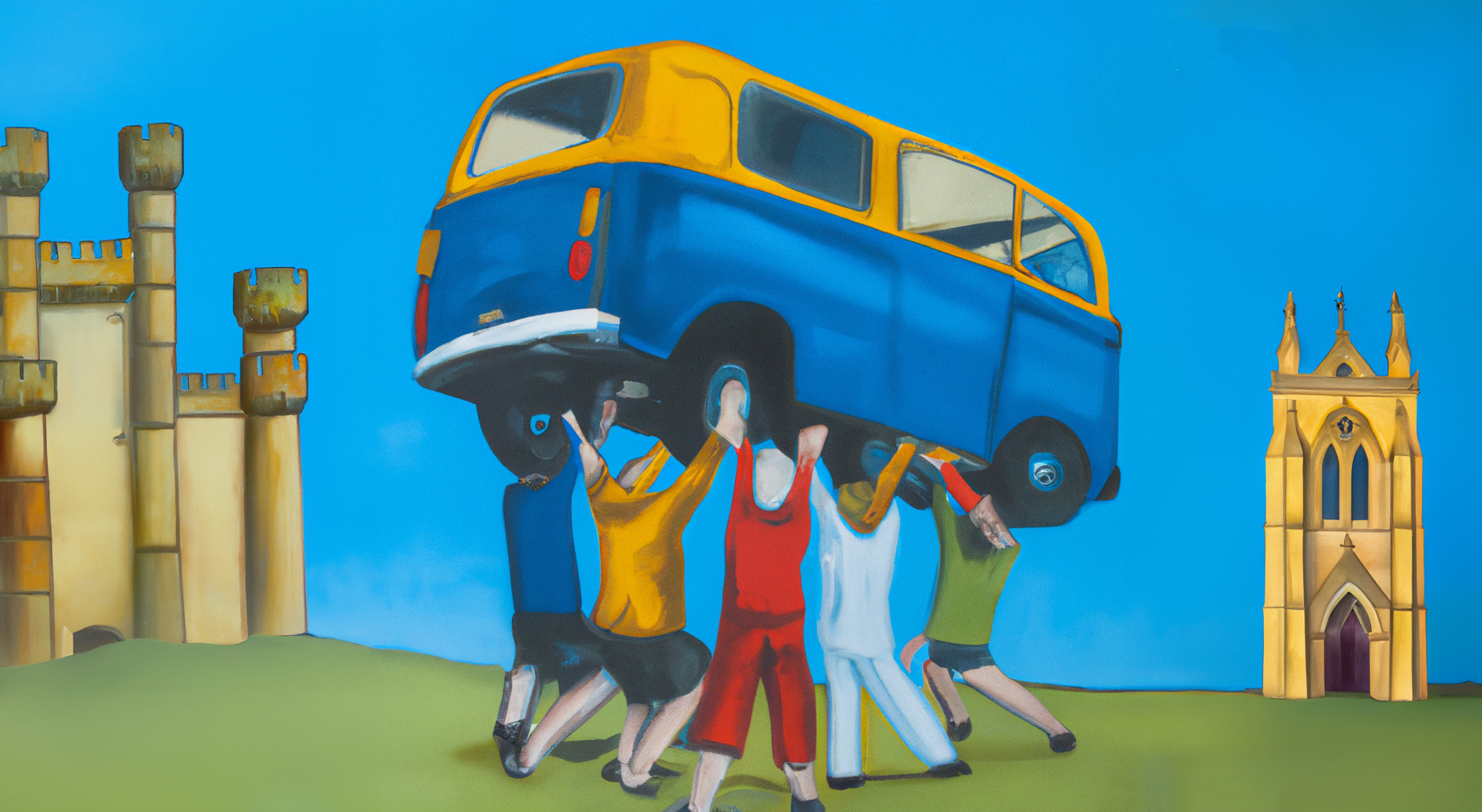
Do you know of a company or firm that might be able to sponsor the digest? Sponsorships are now going towards Member Powered Photography and recorded on the Donations Page.

Sponsor a Membership and get your own landing page on the Digest
More information here
Thank You!
Photographs and words by Andy Marshall (unless otherwise stated). Most photographs are taken with Iphone 14 Pro and DJI Mini 3 Pro.
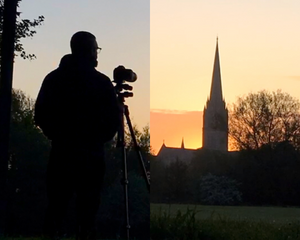
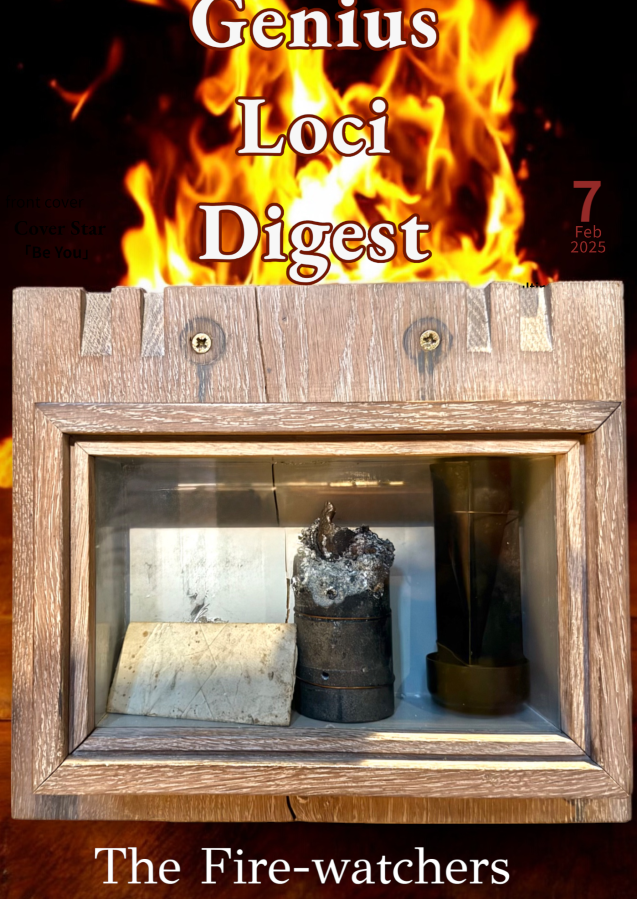
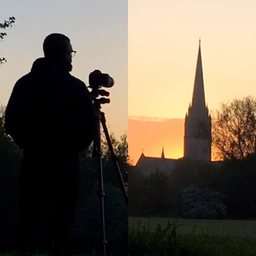
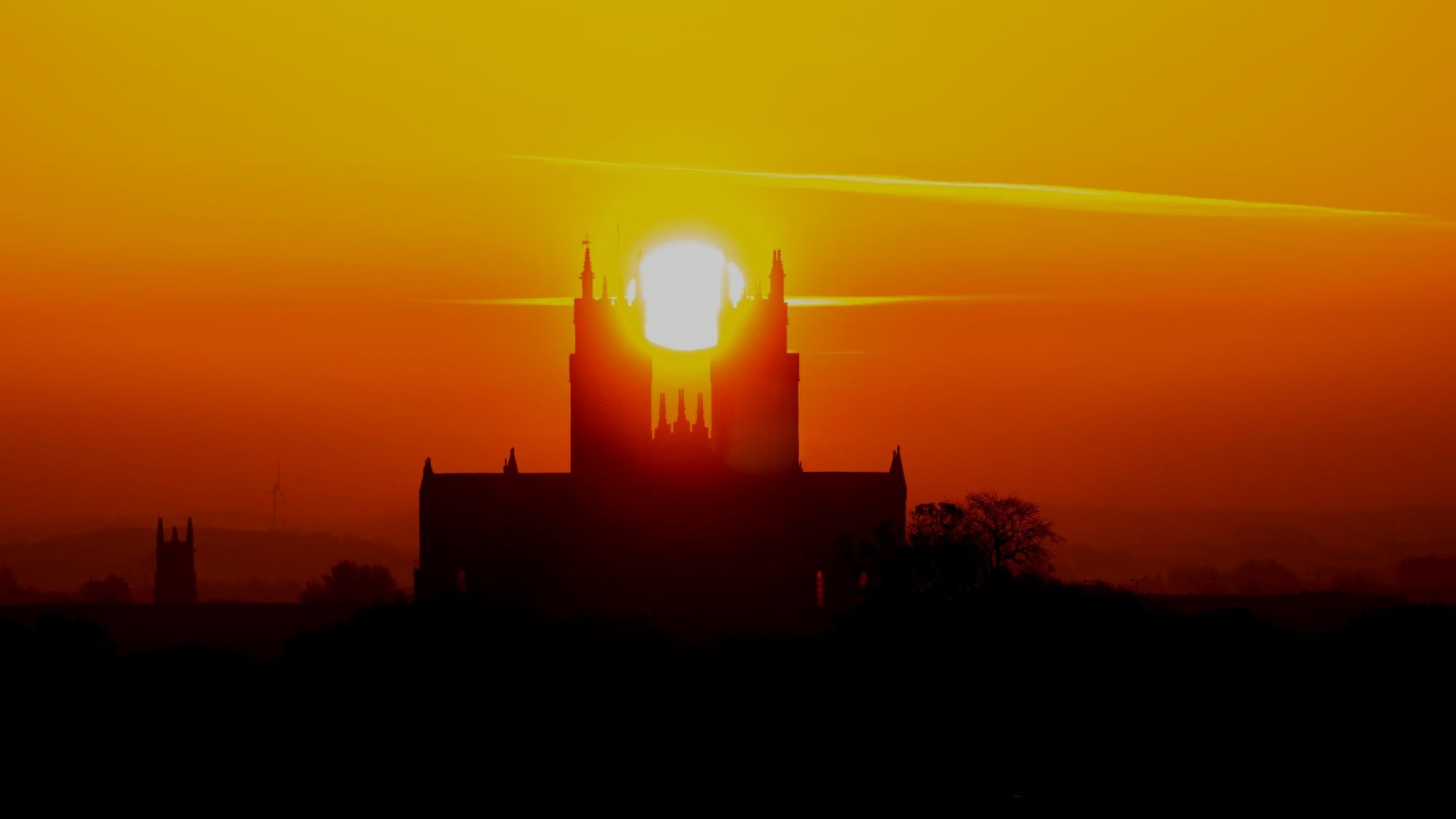
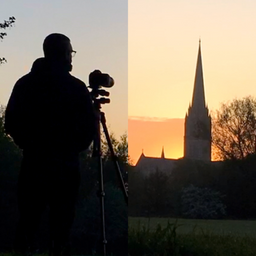



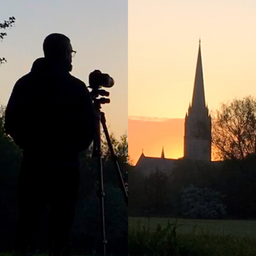
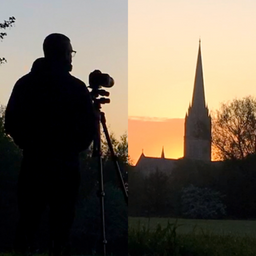
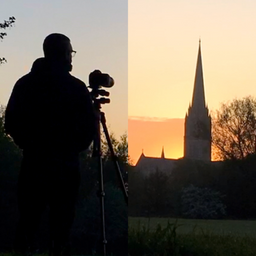

Member discussion